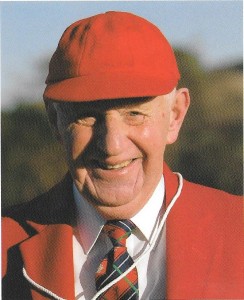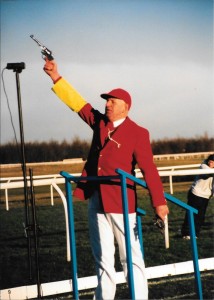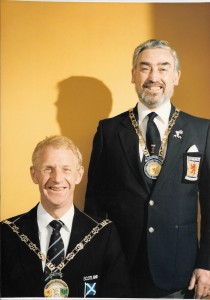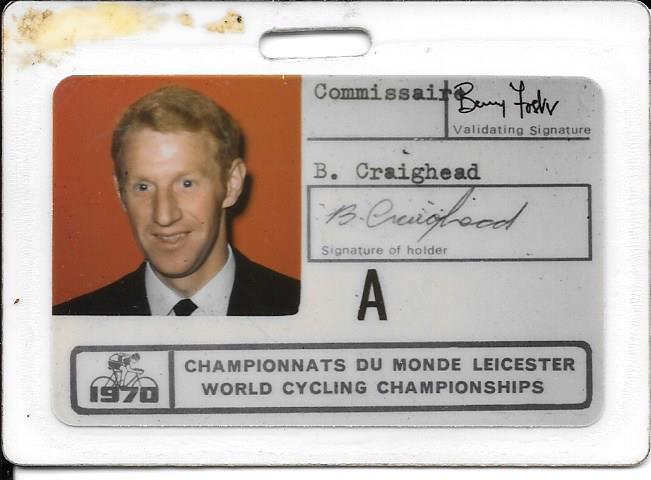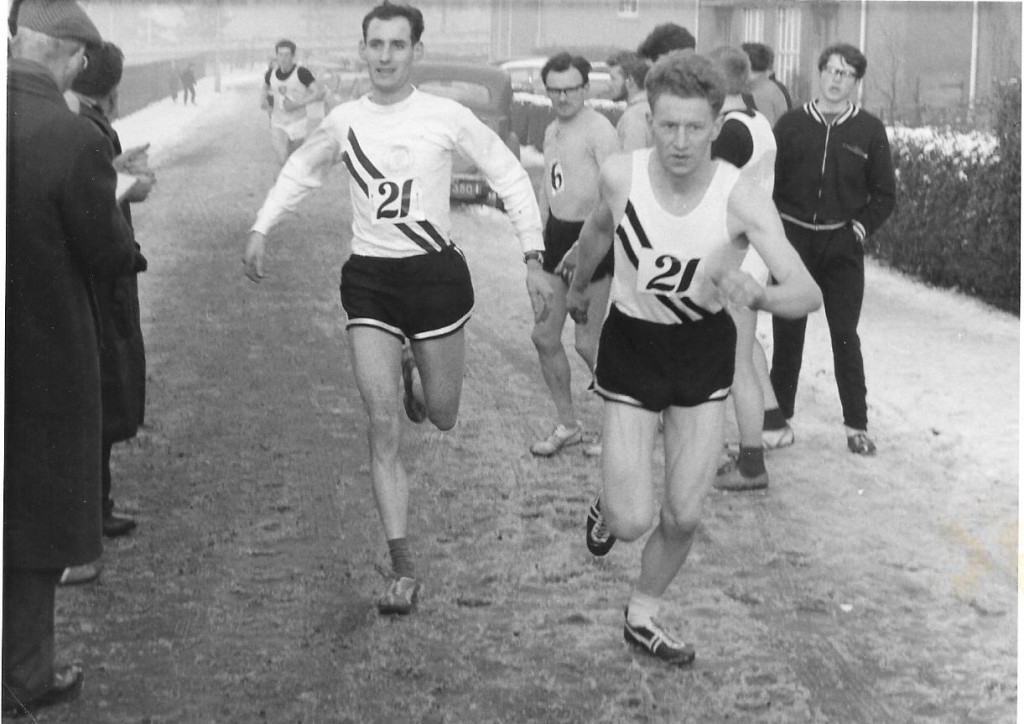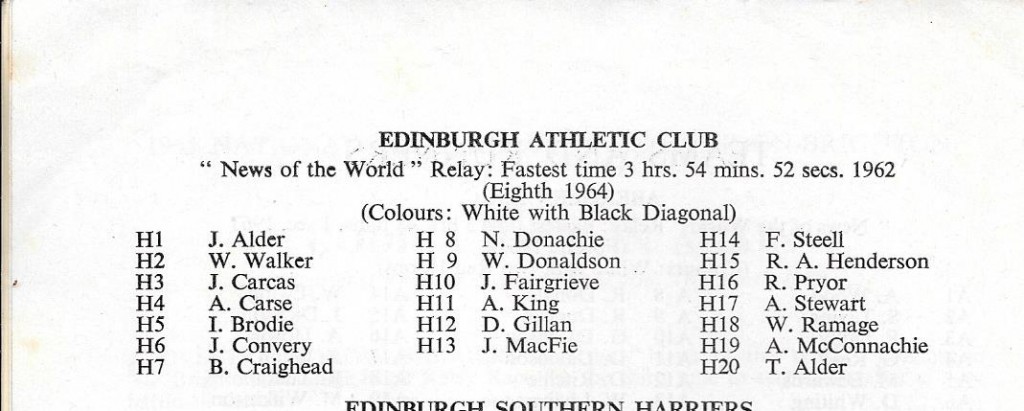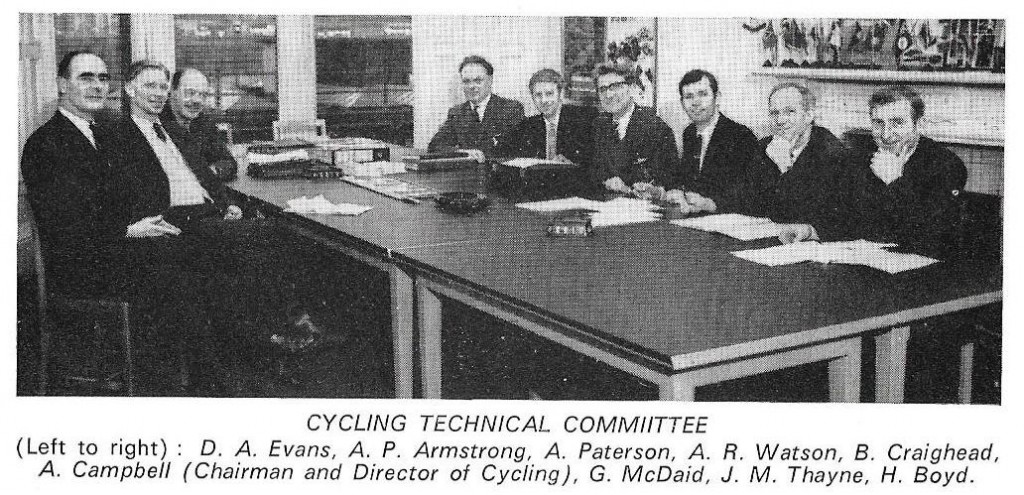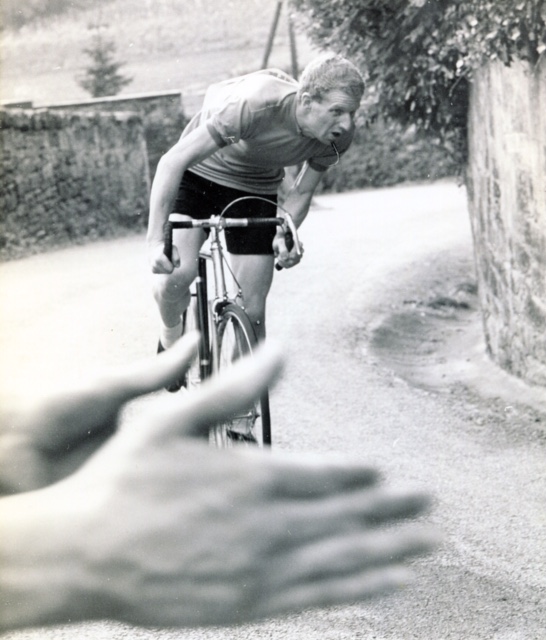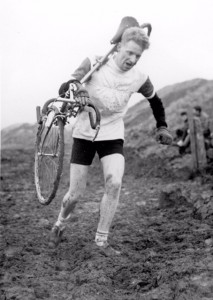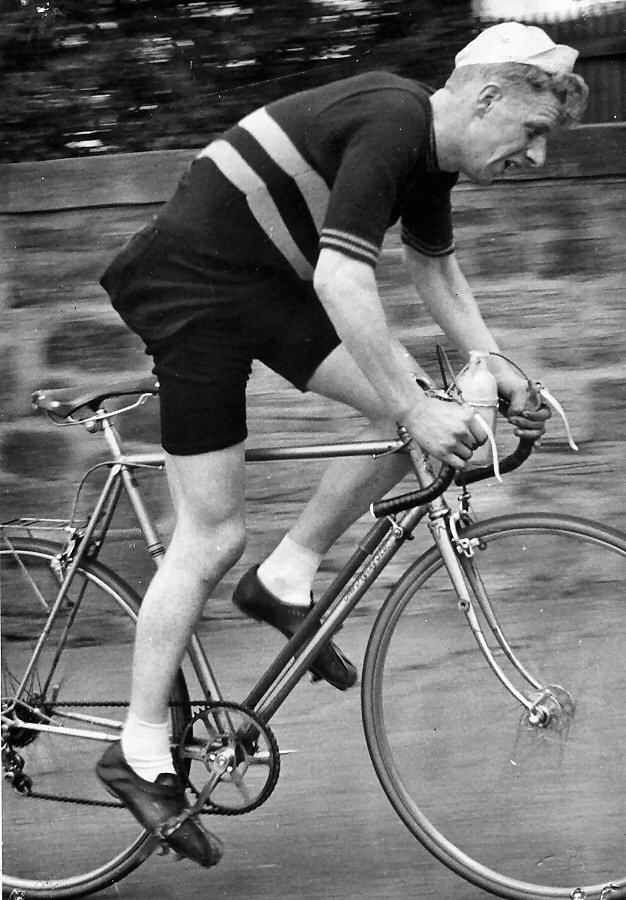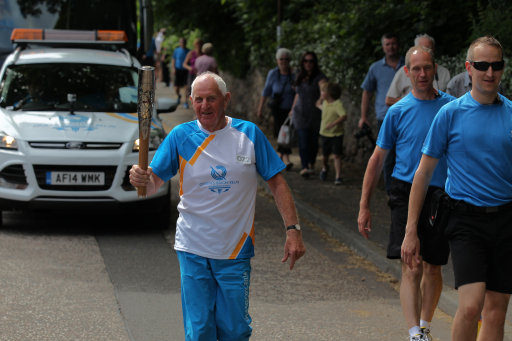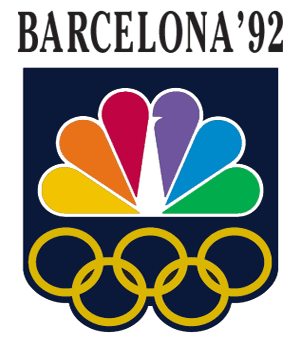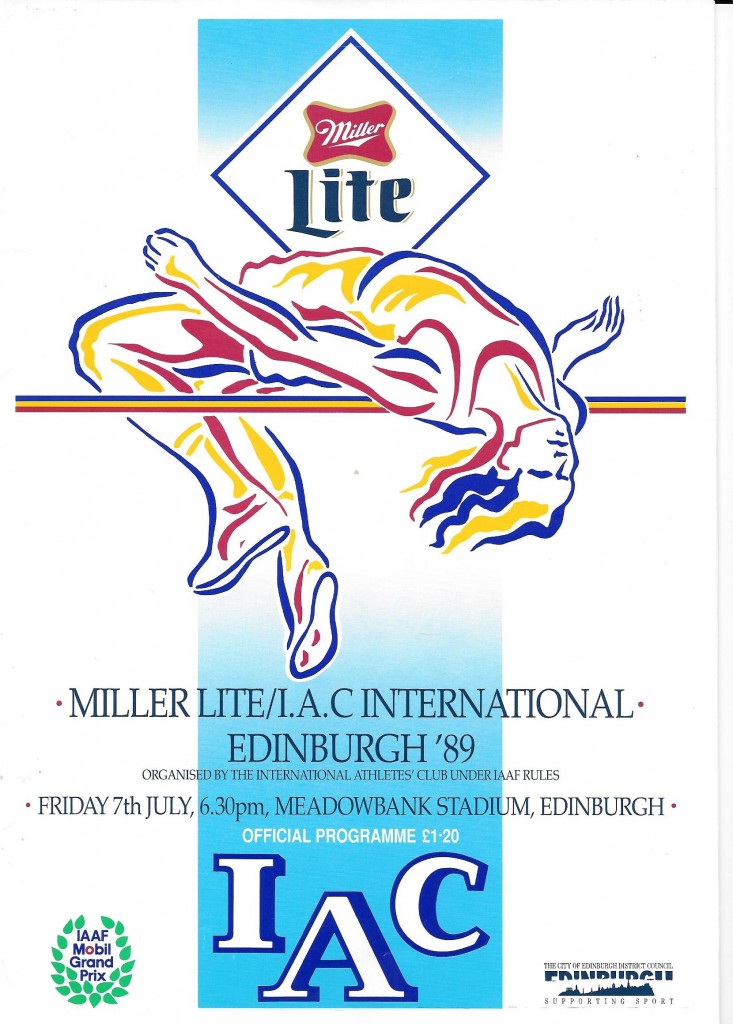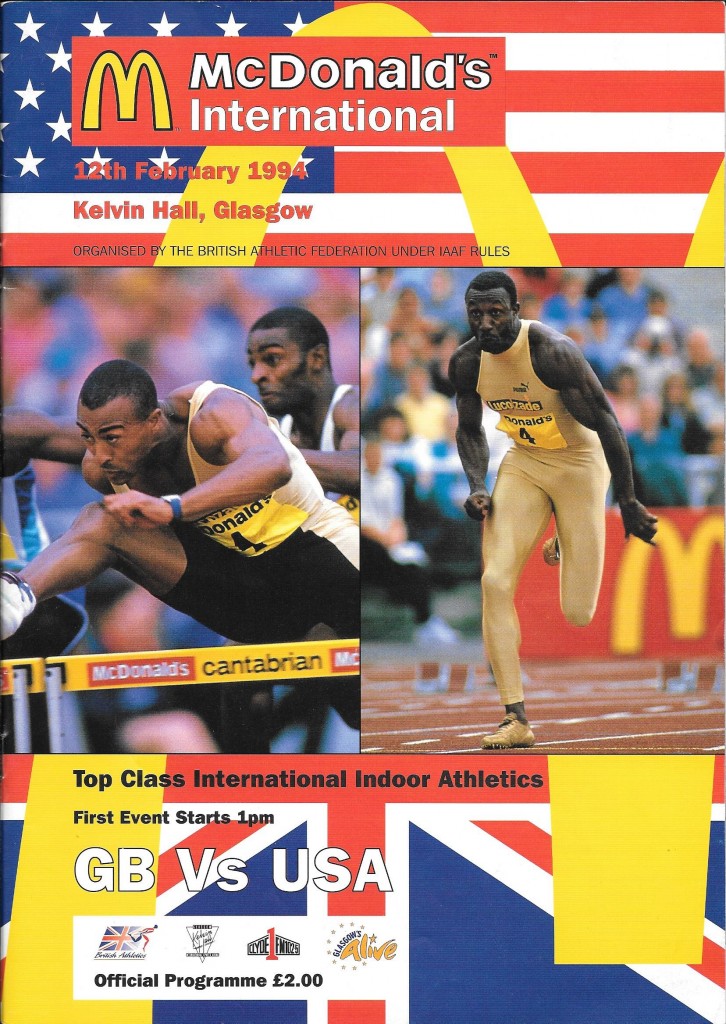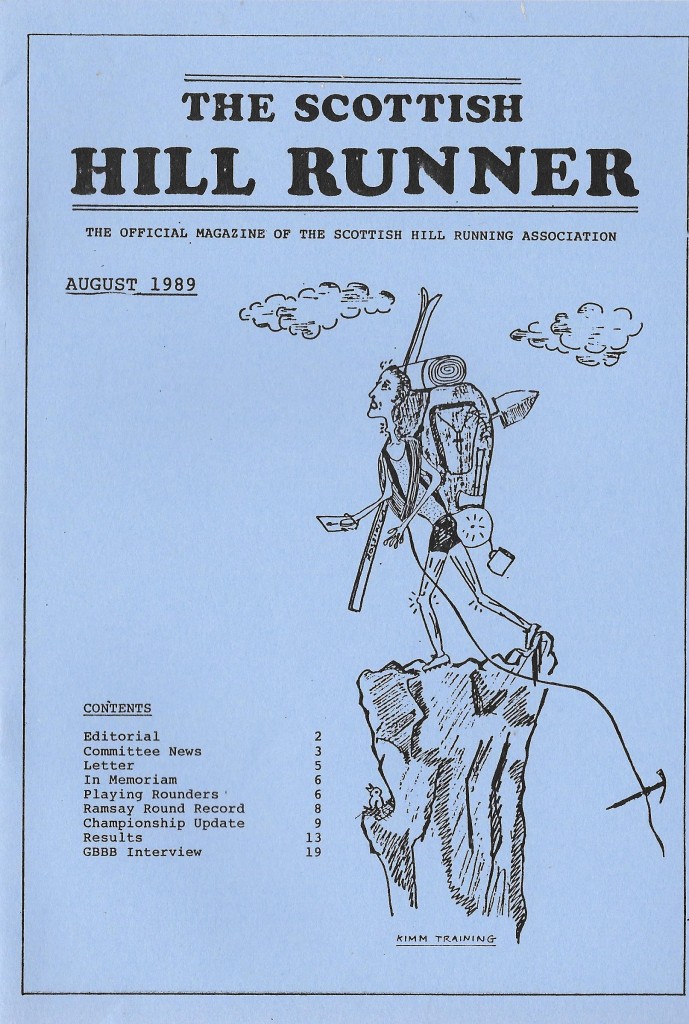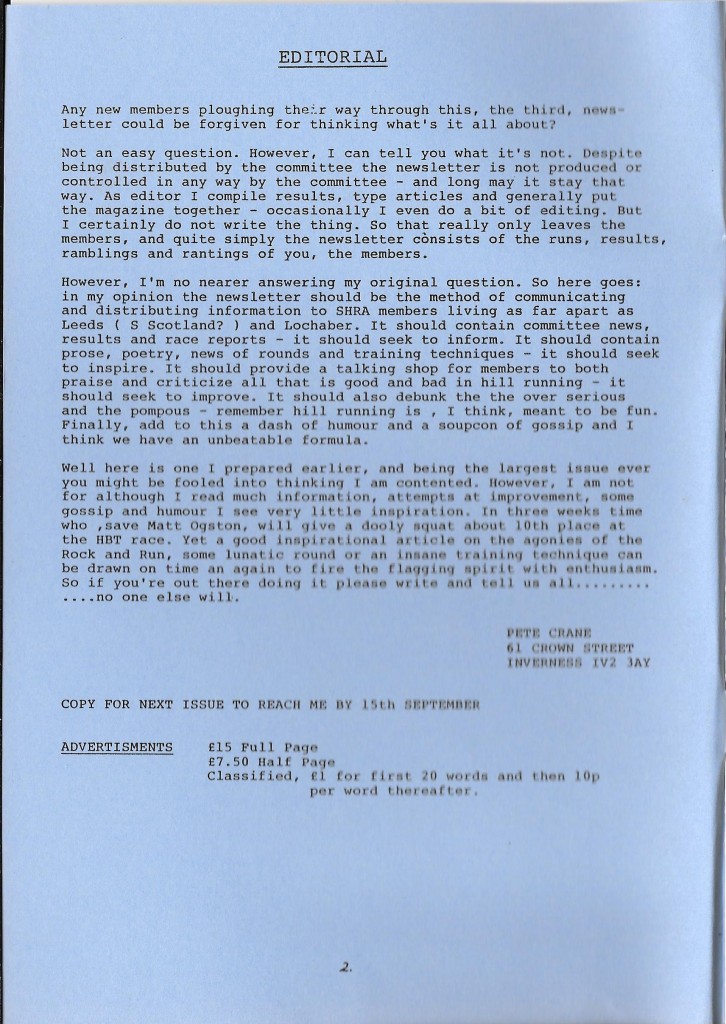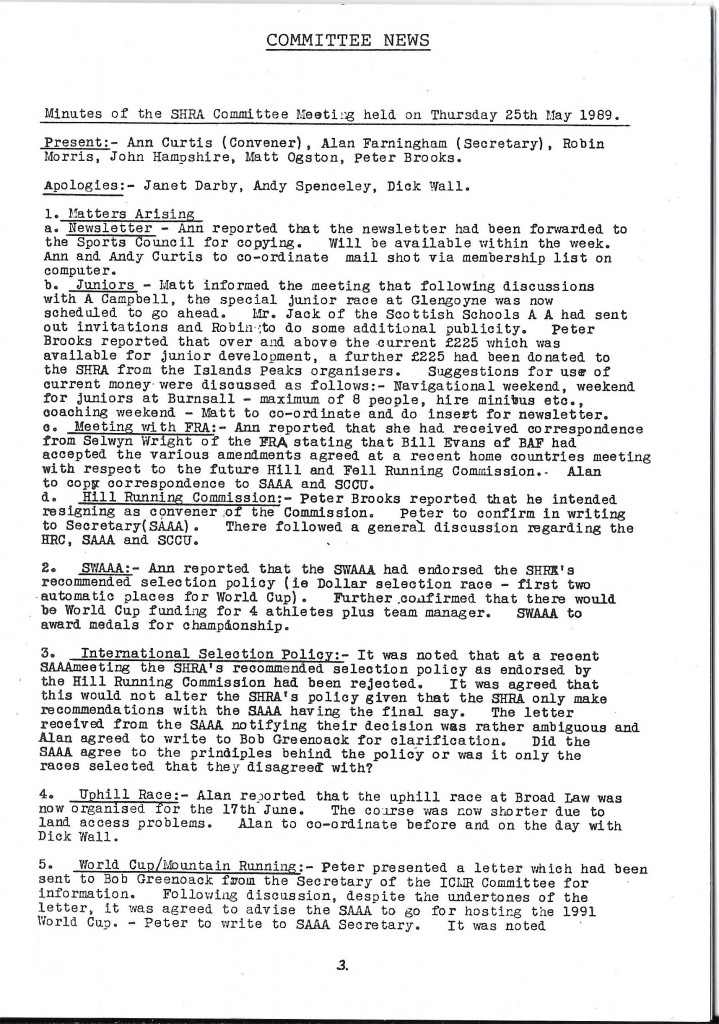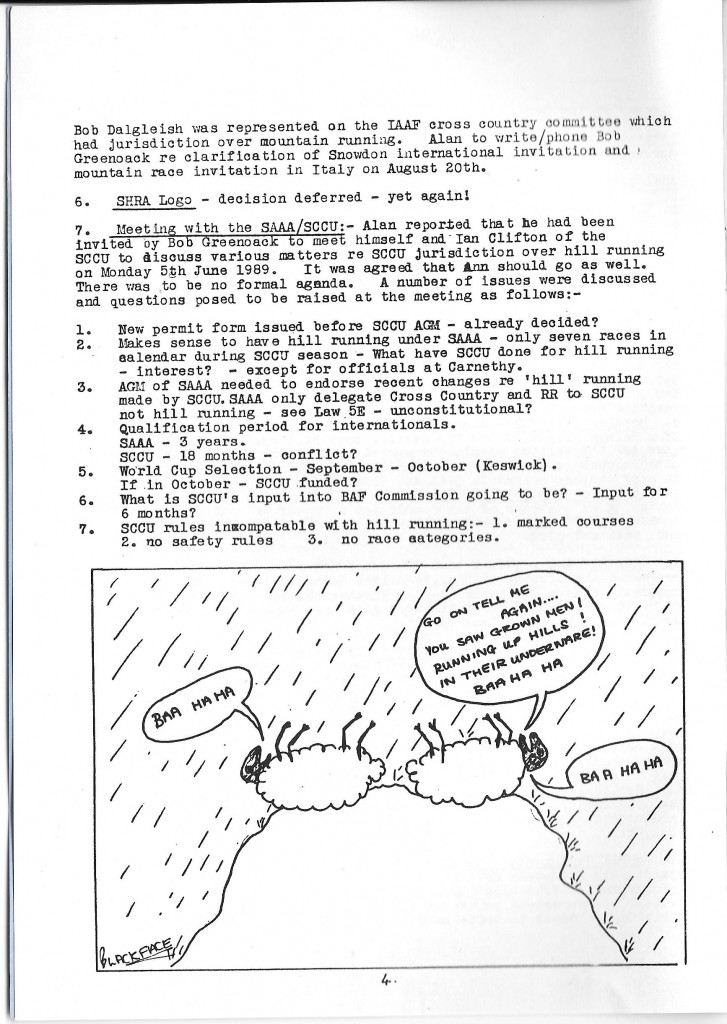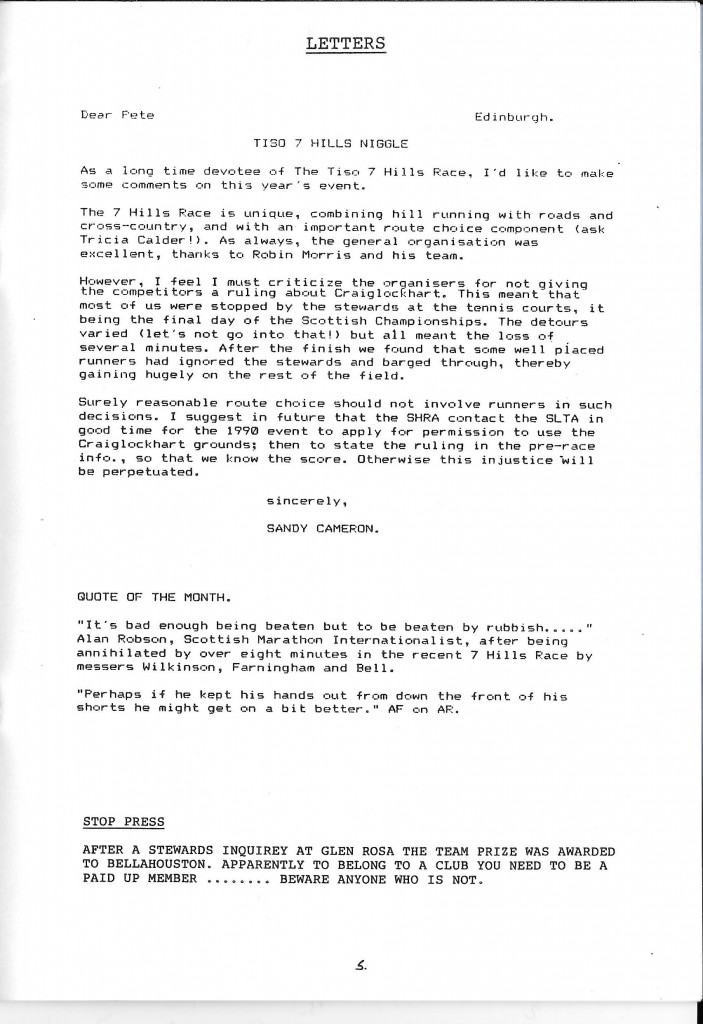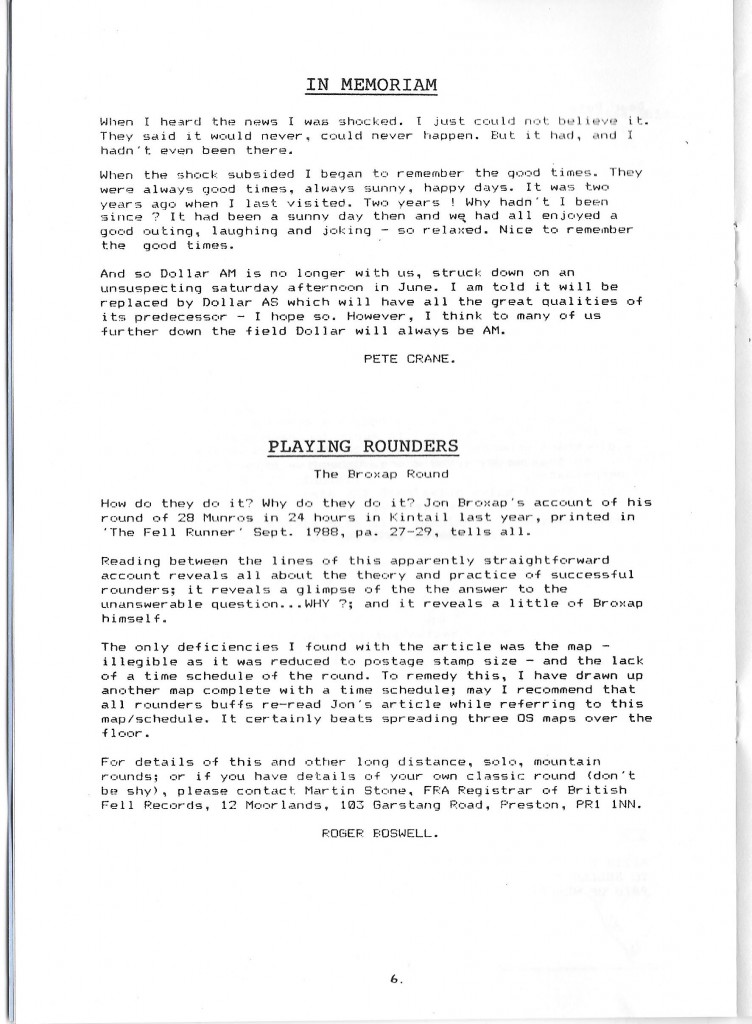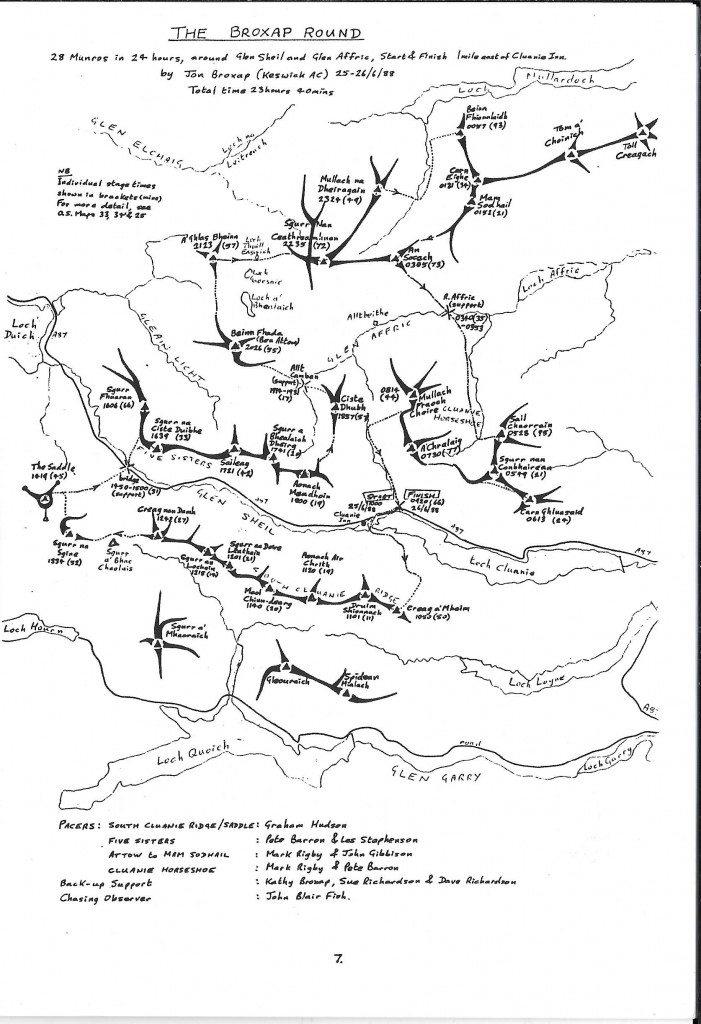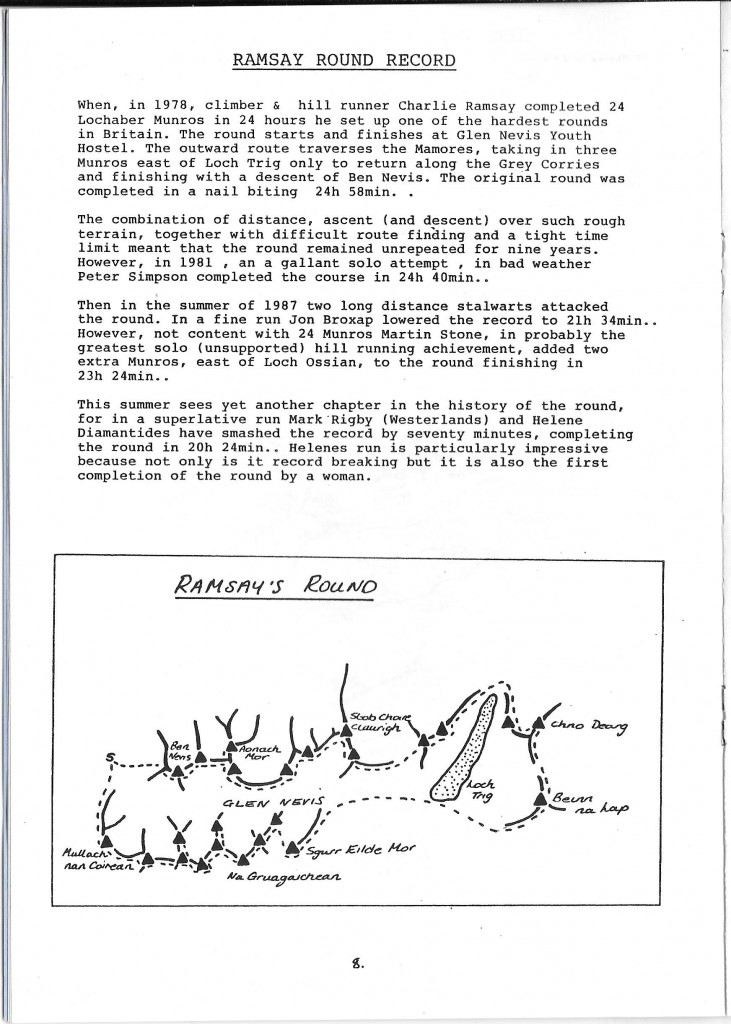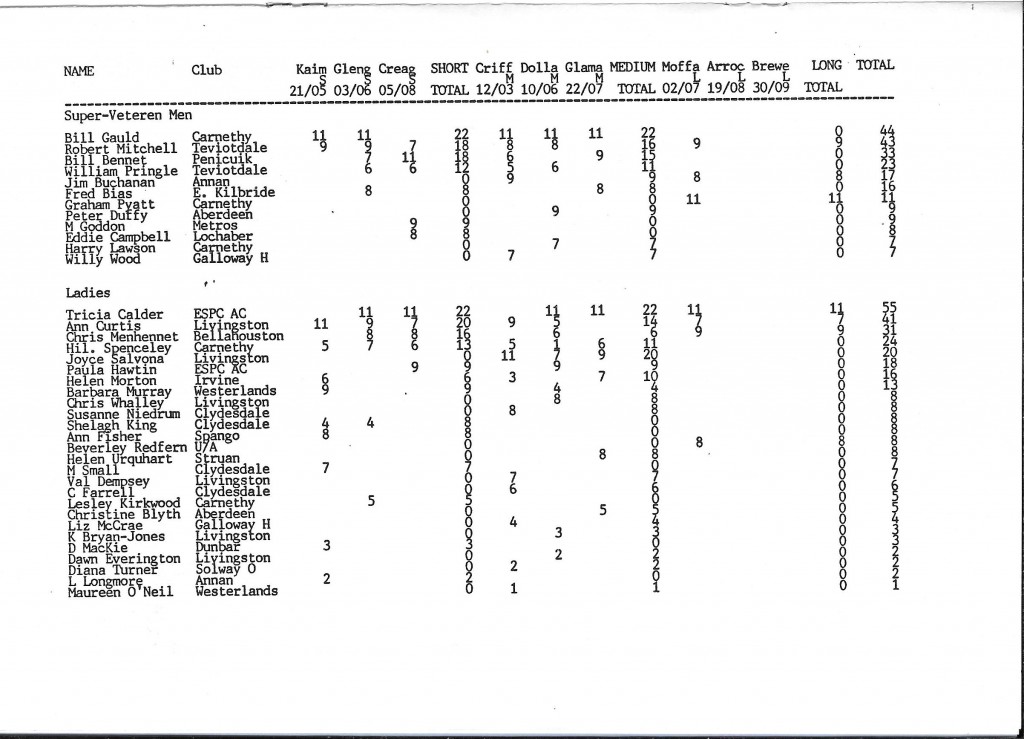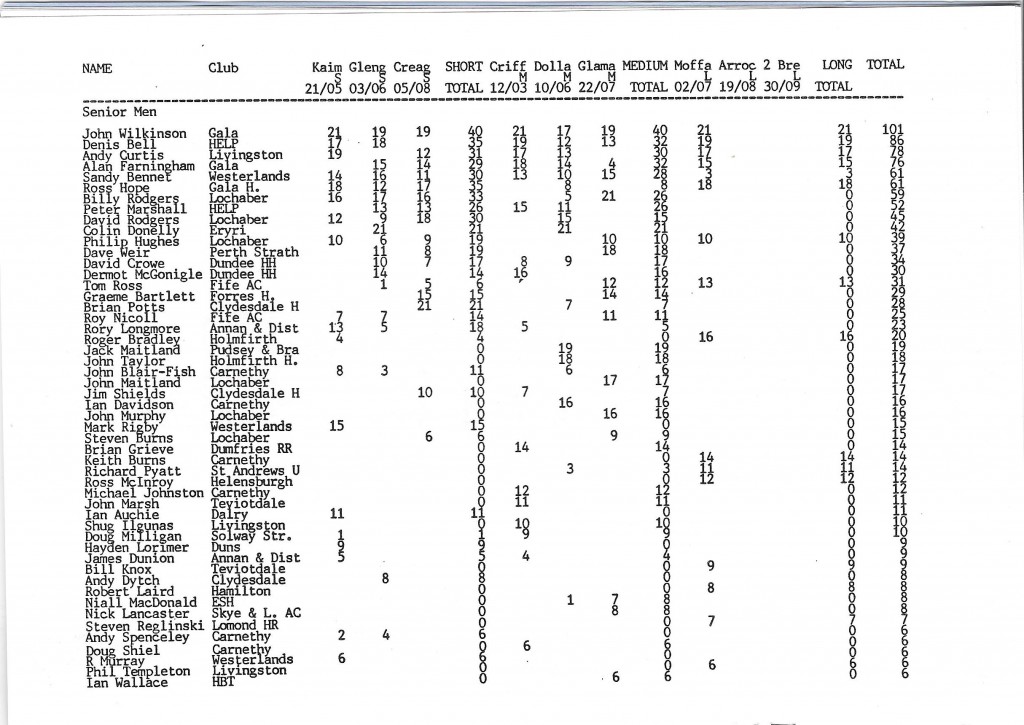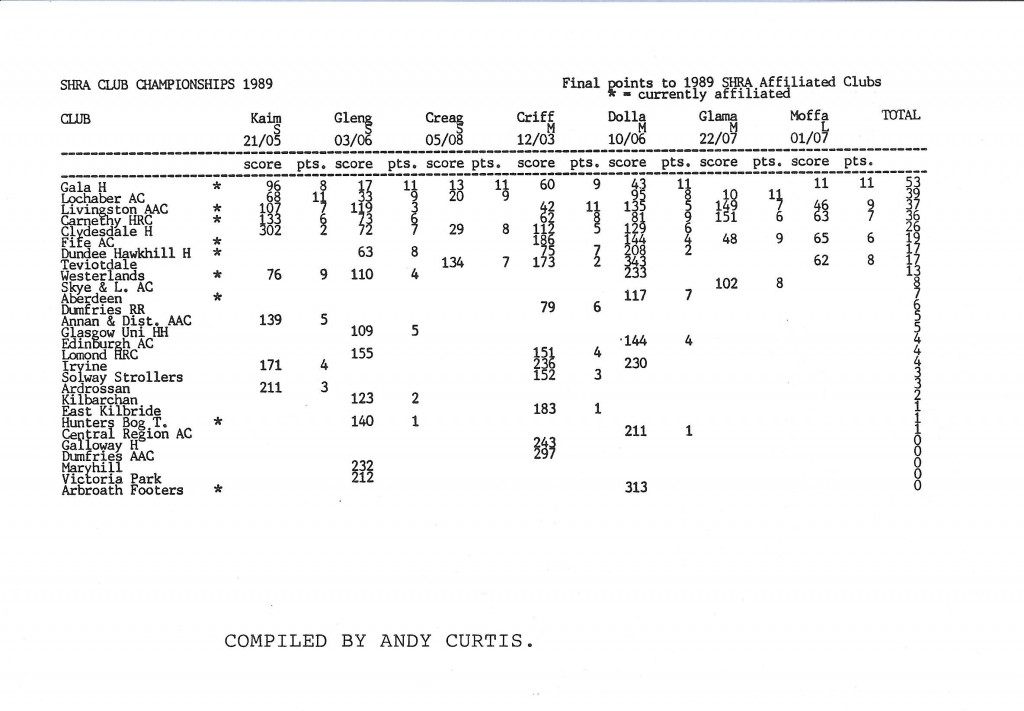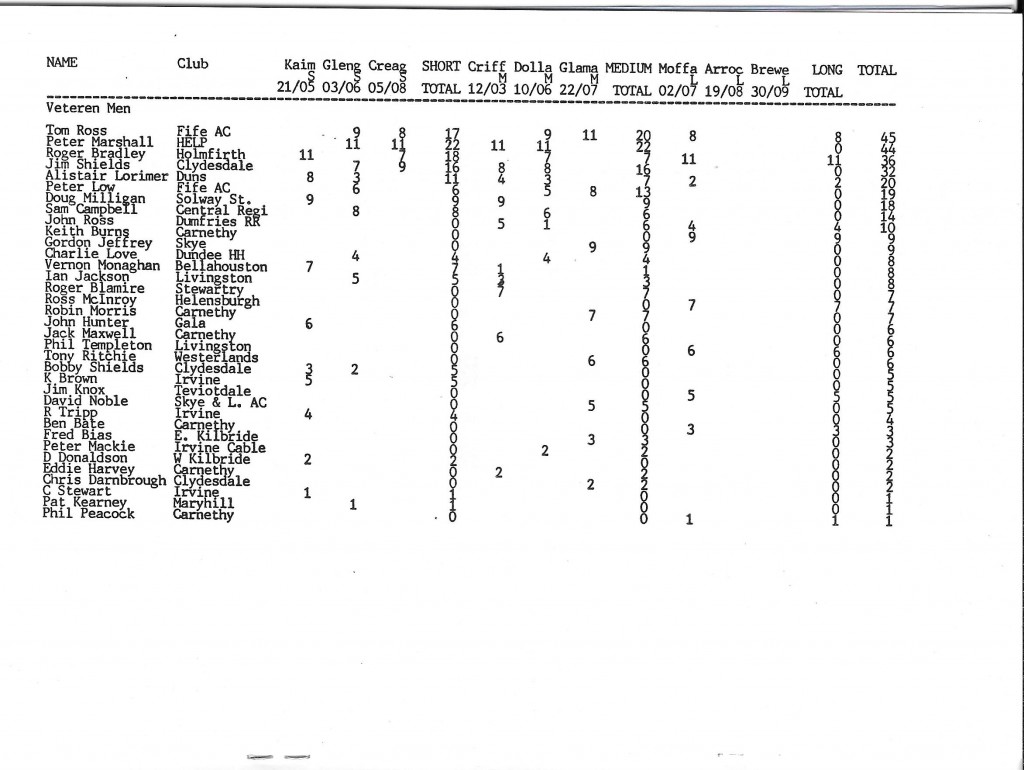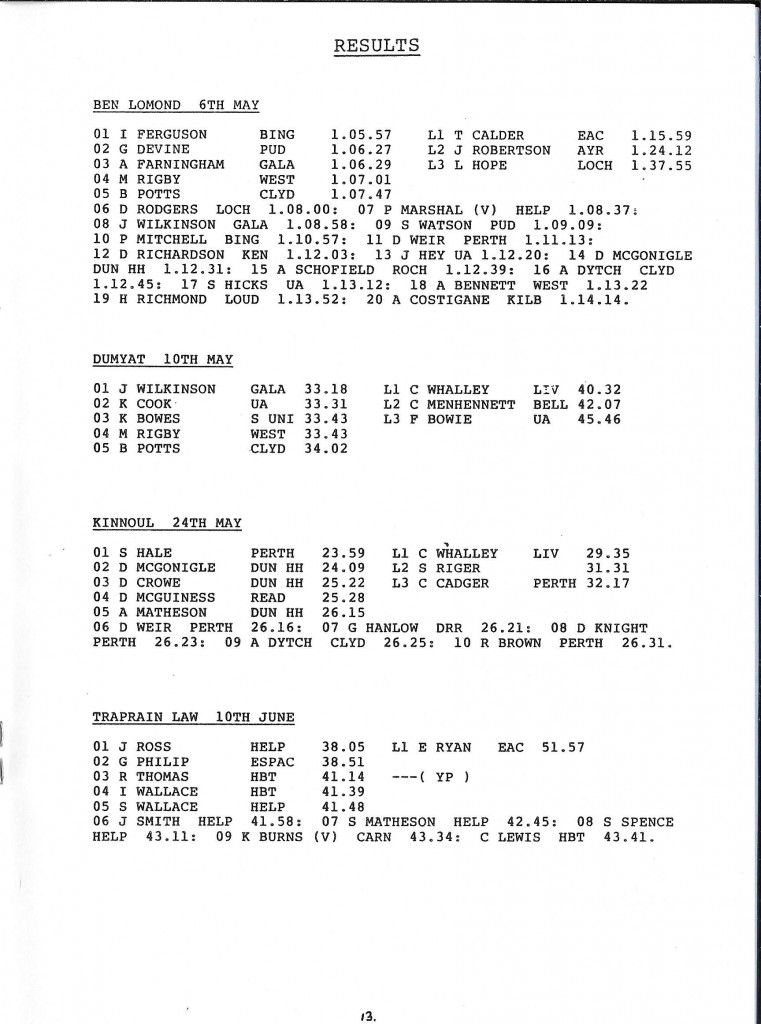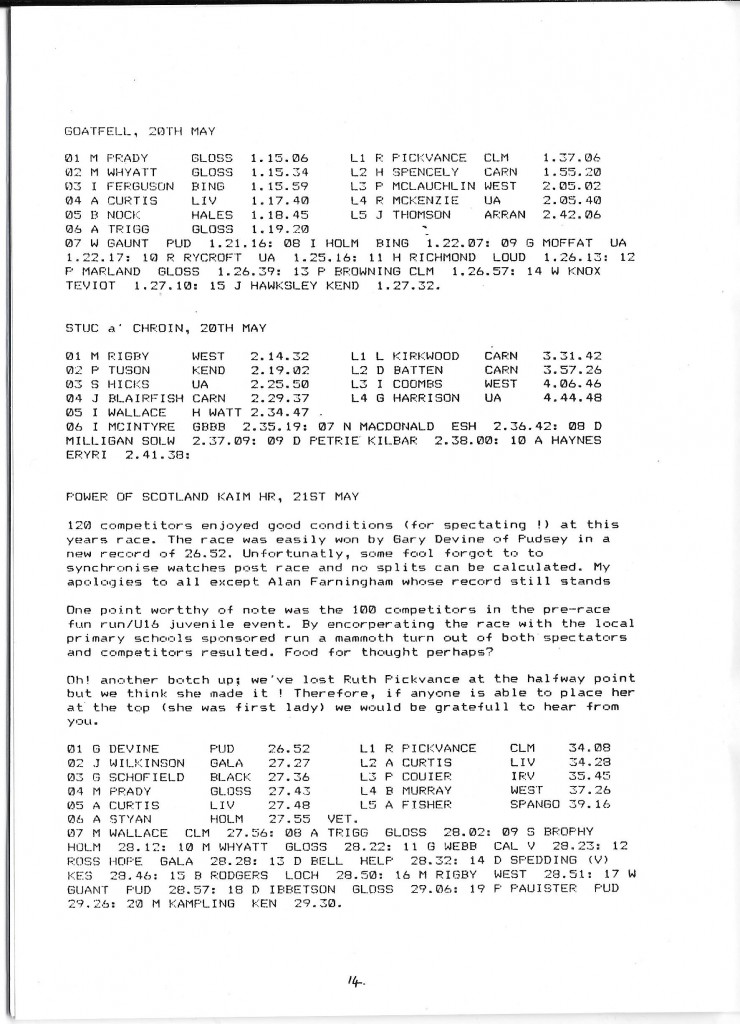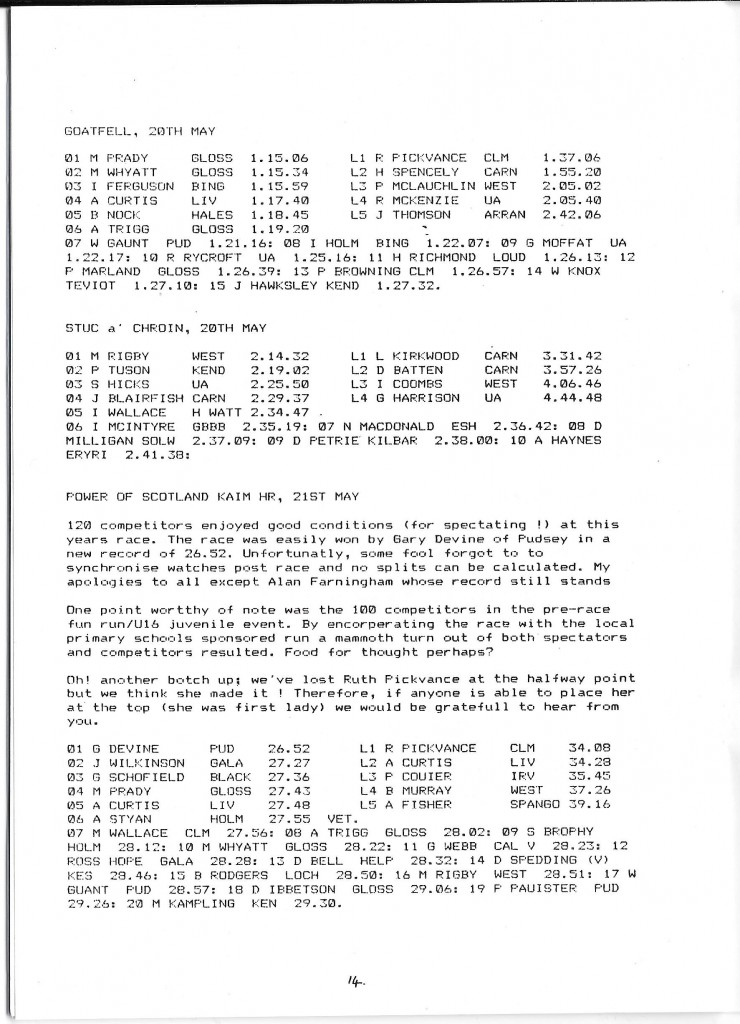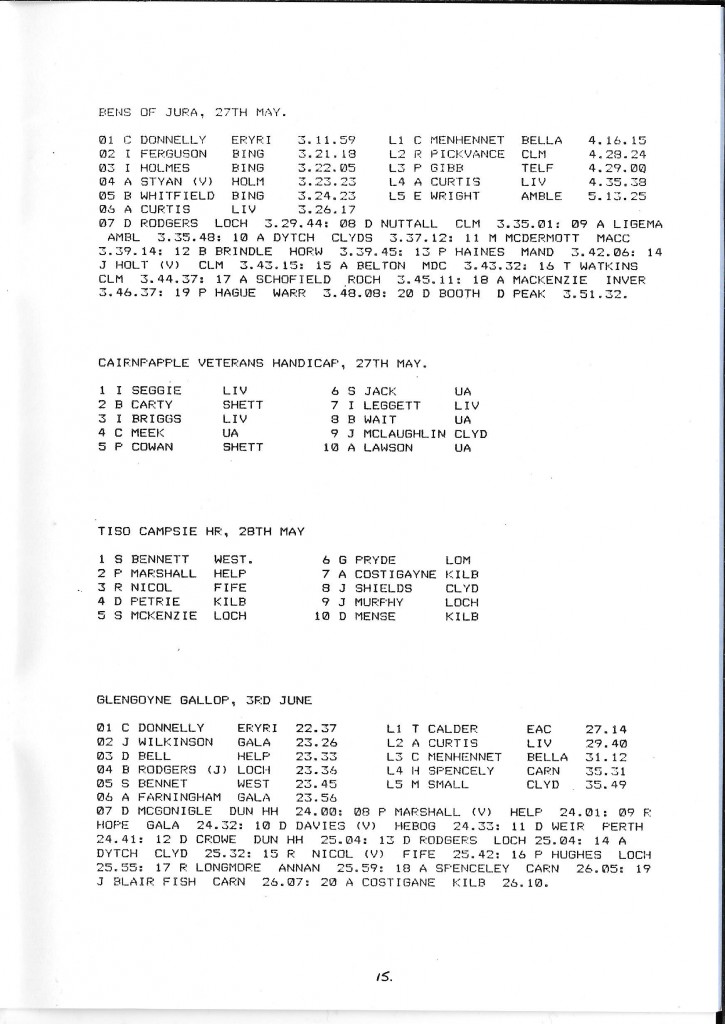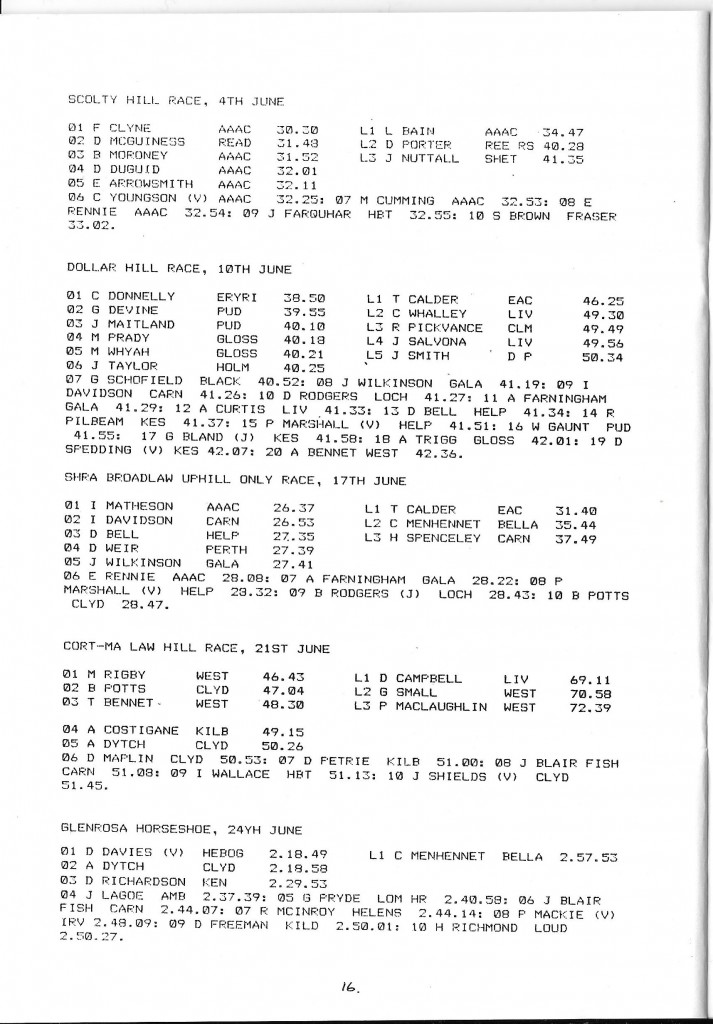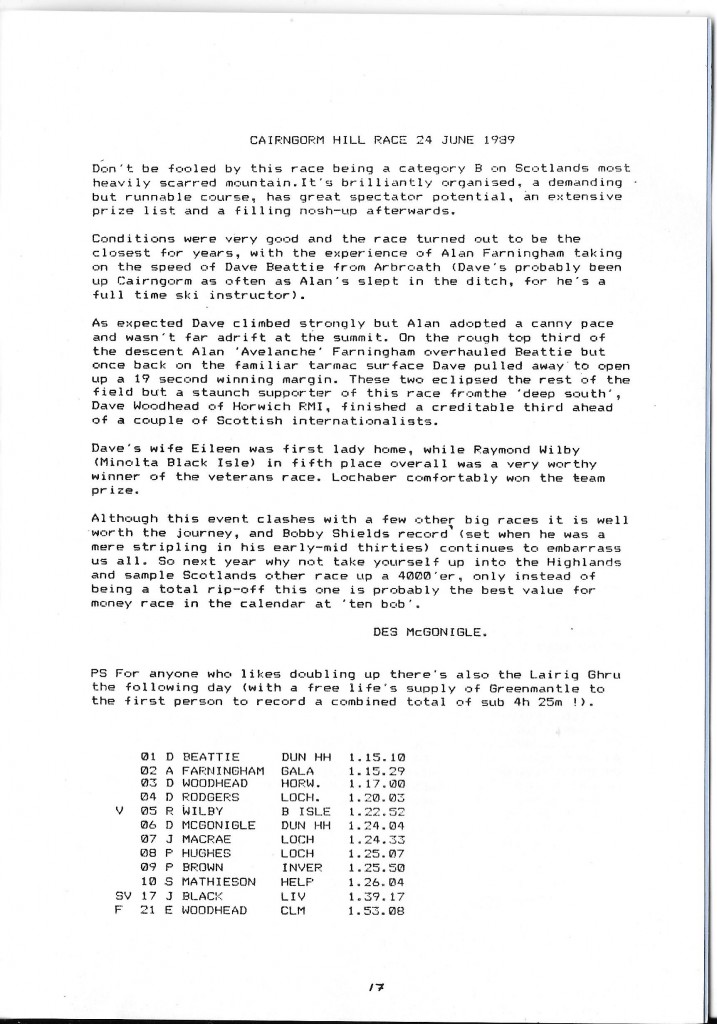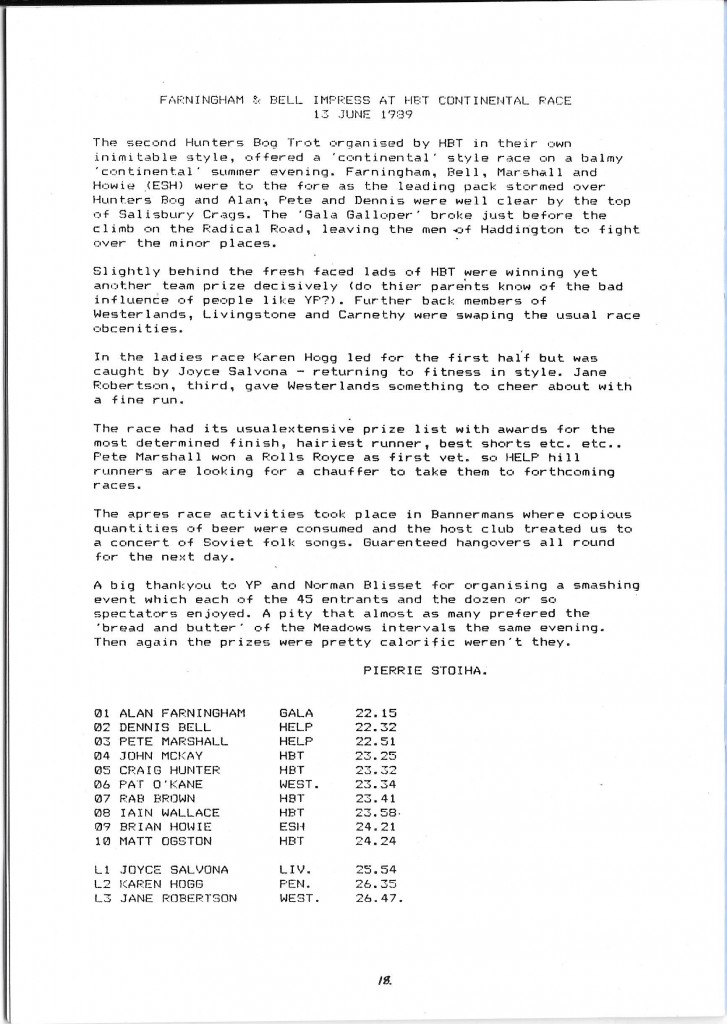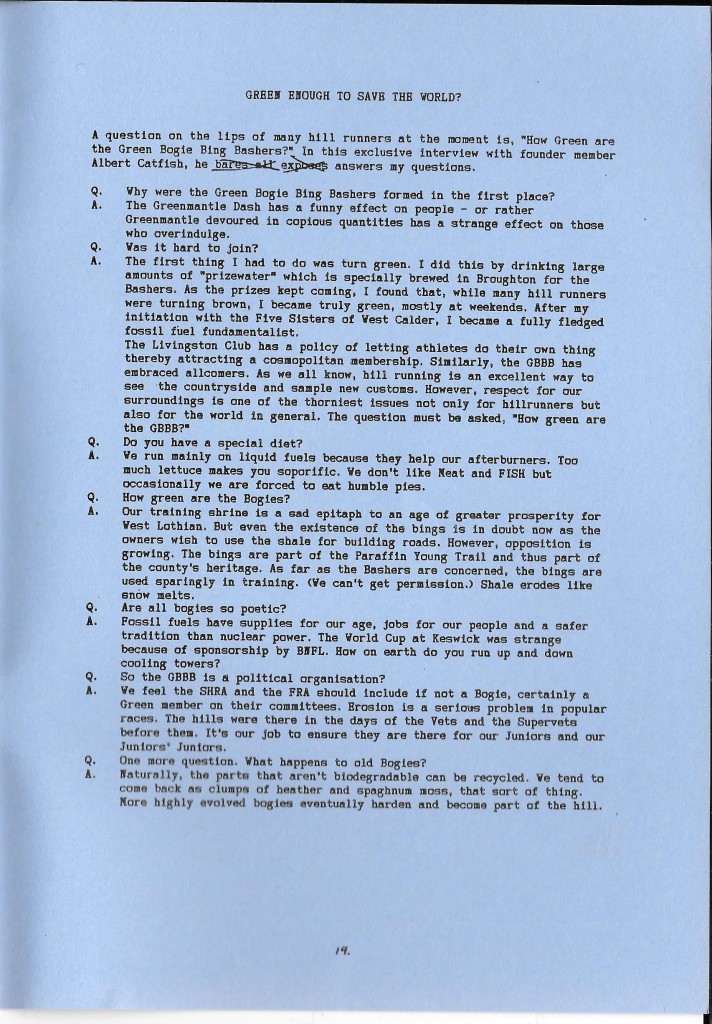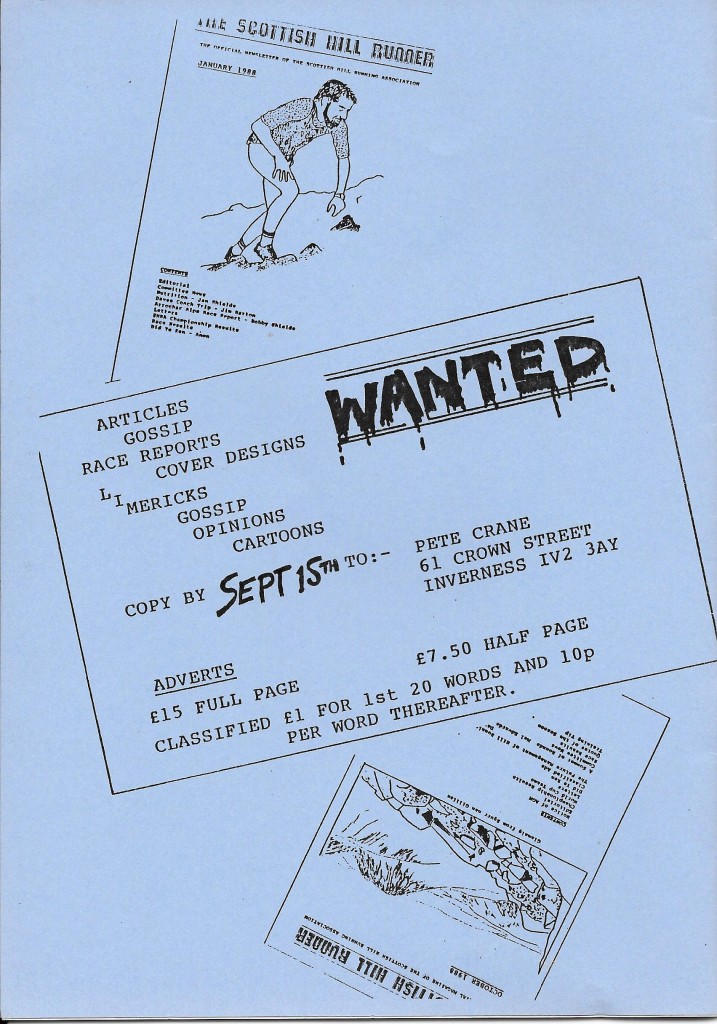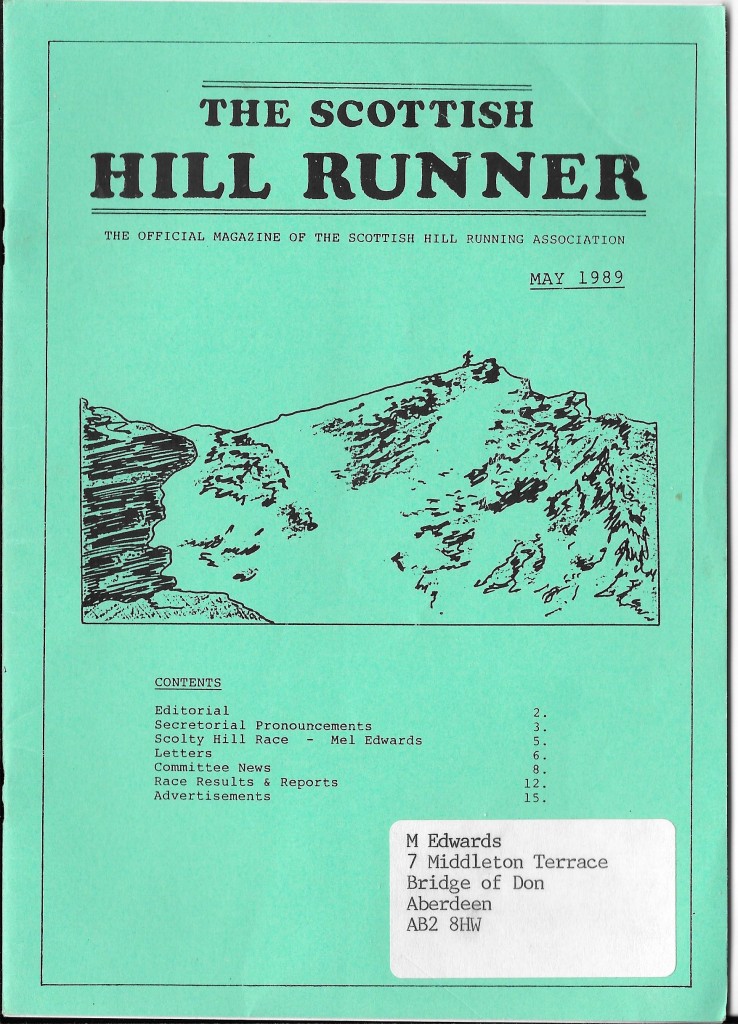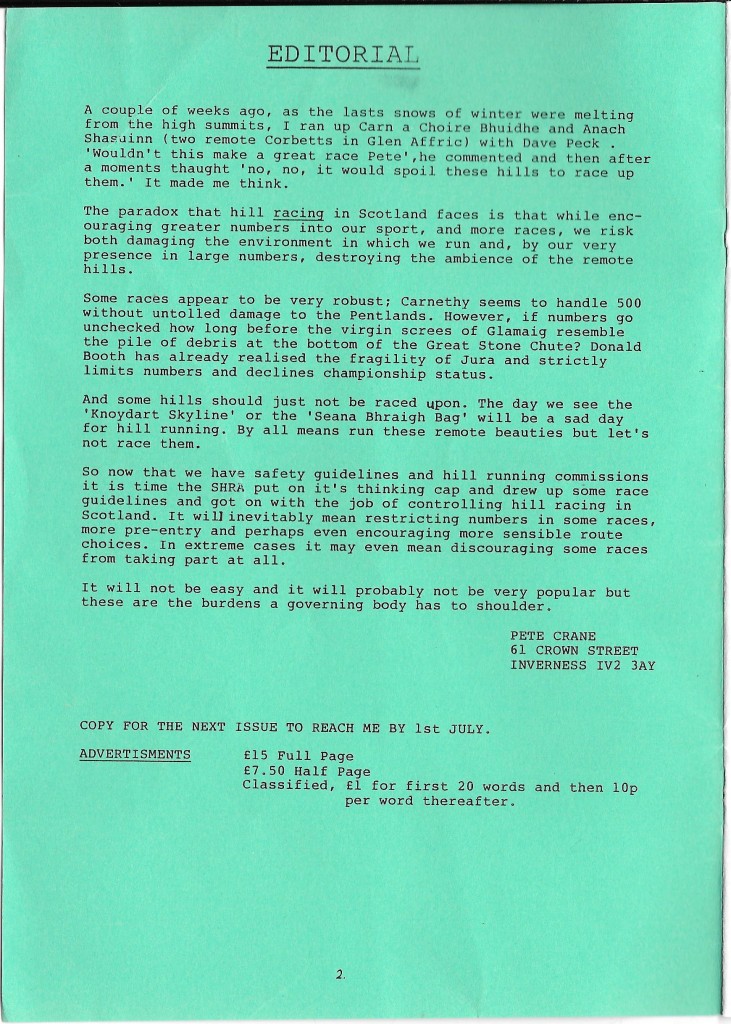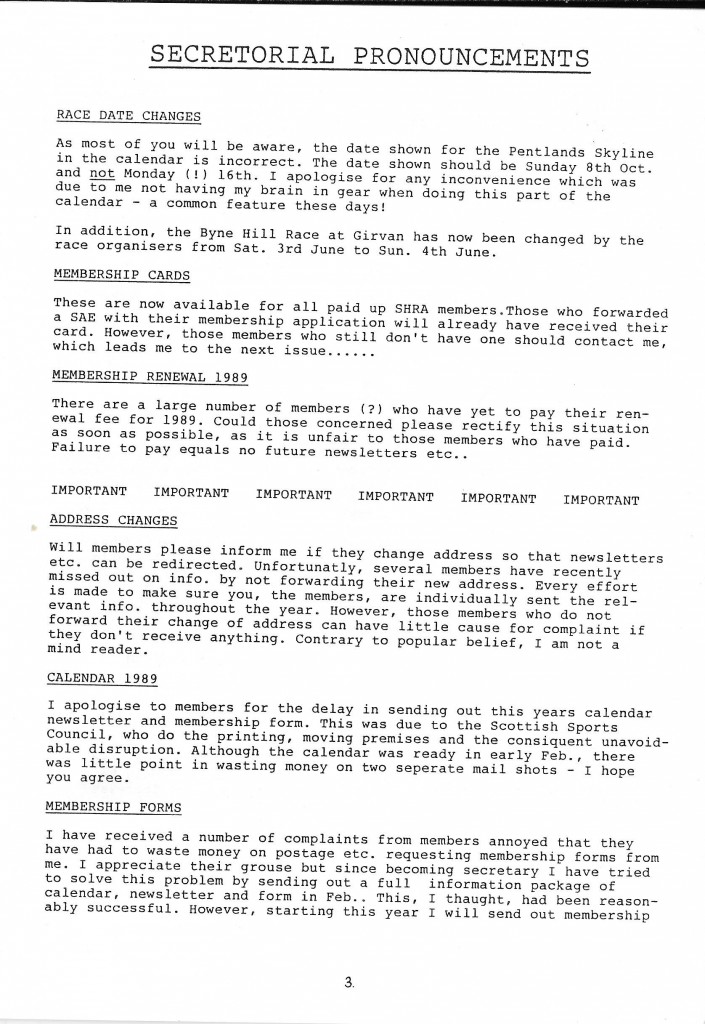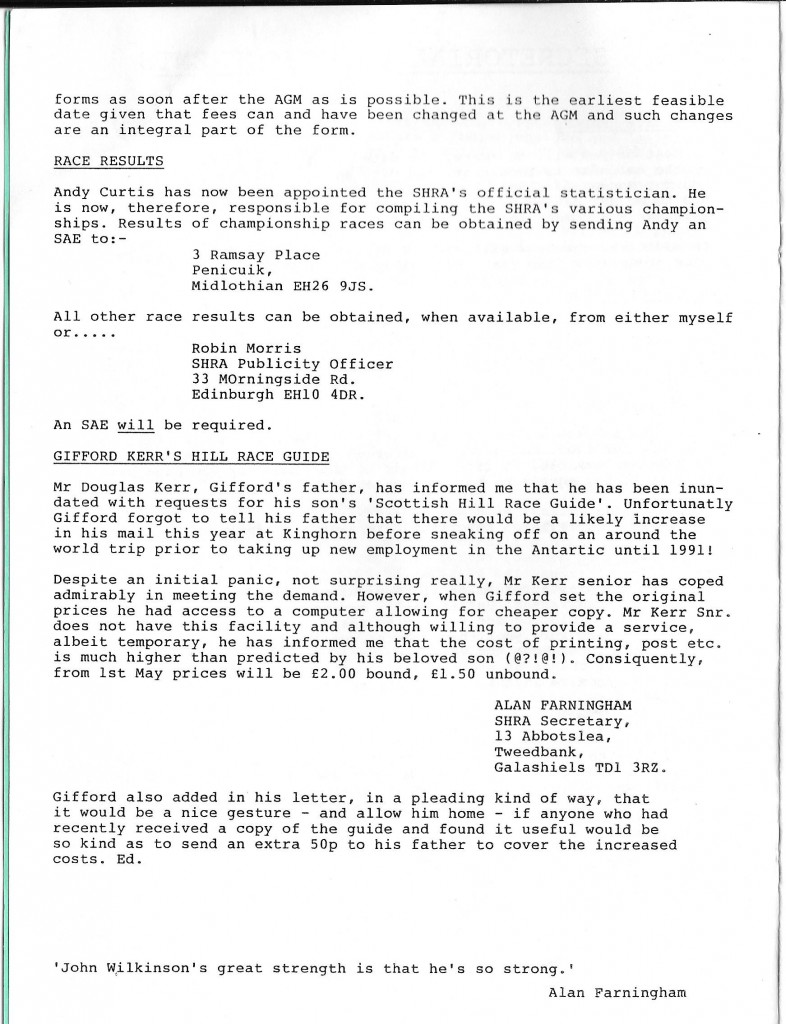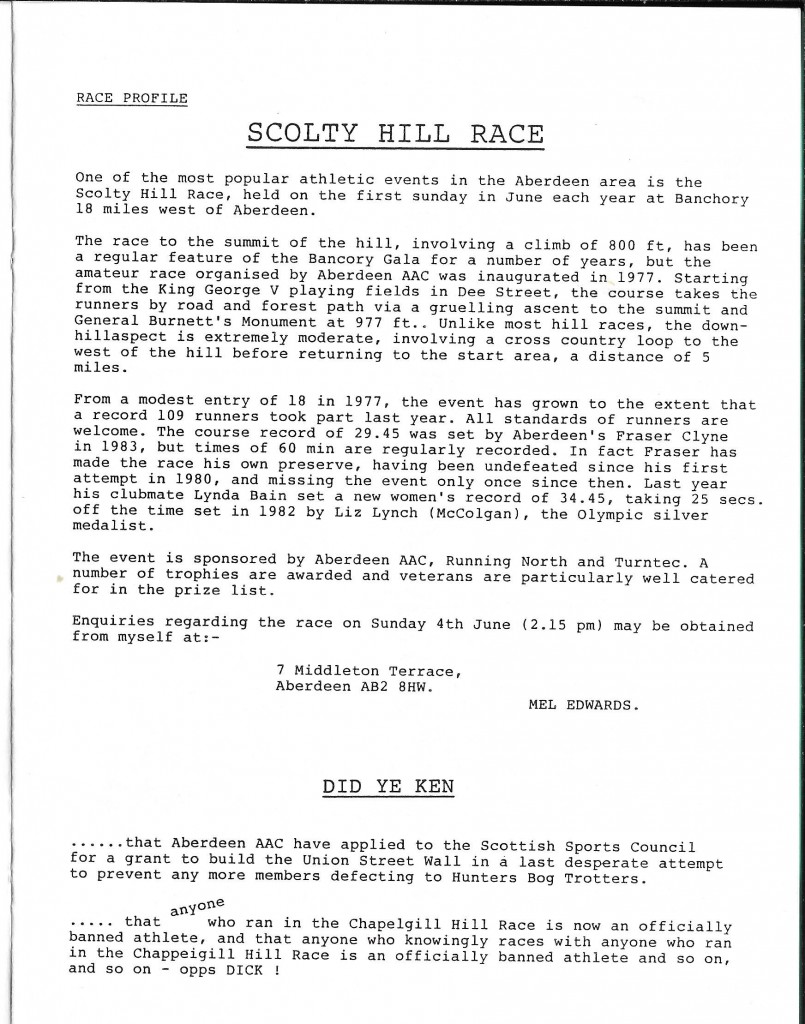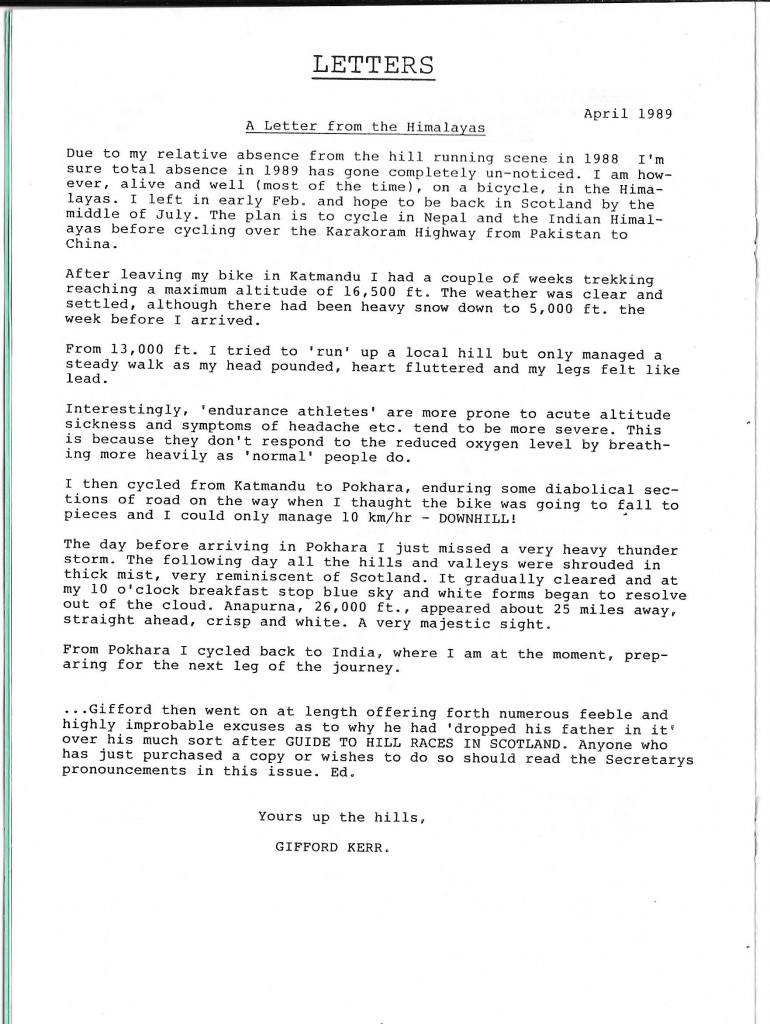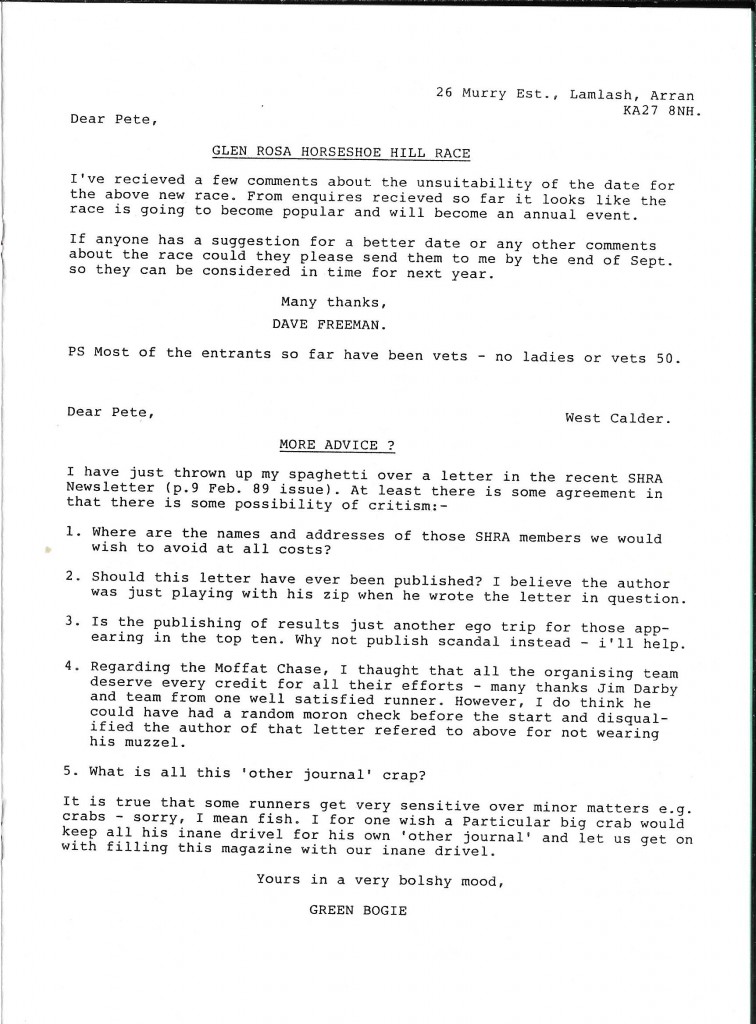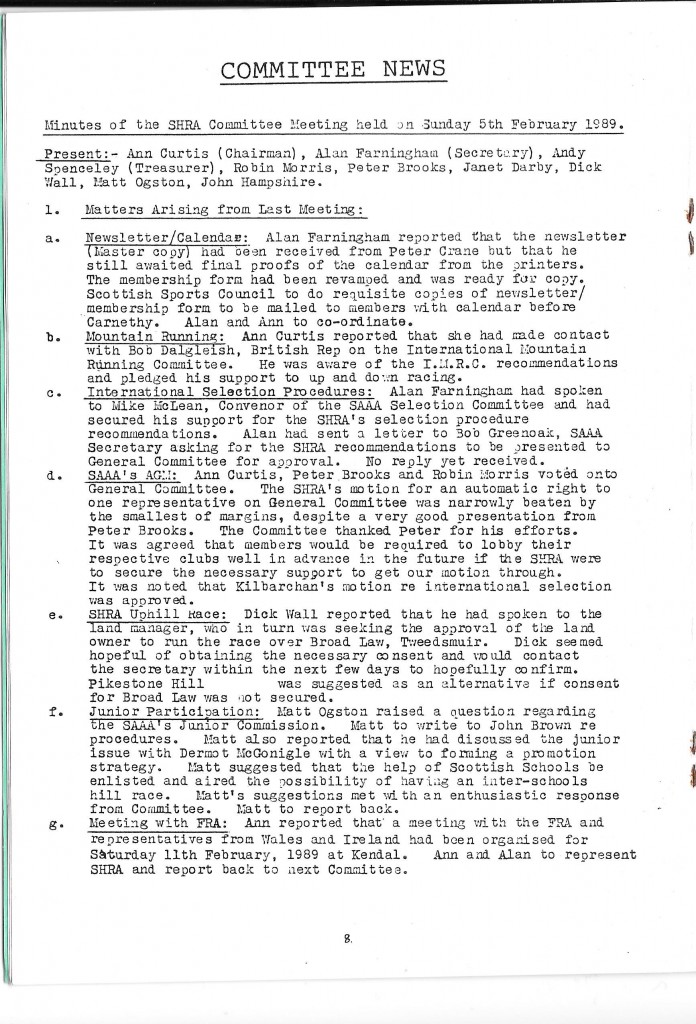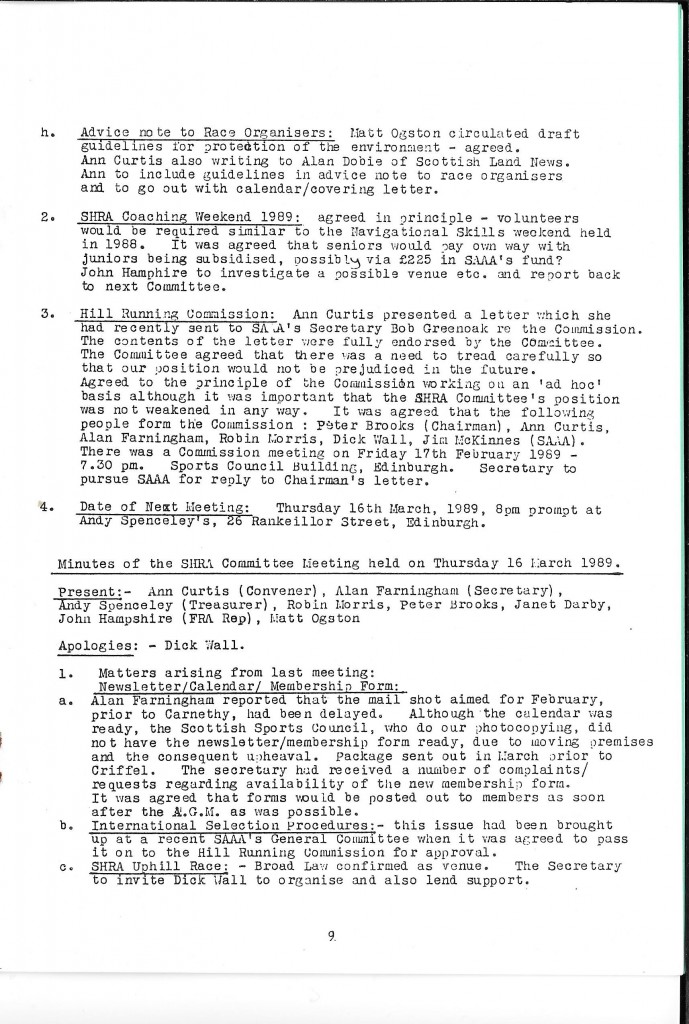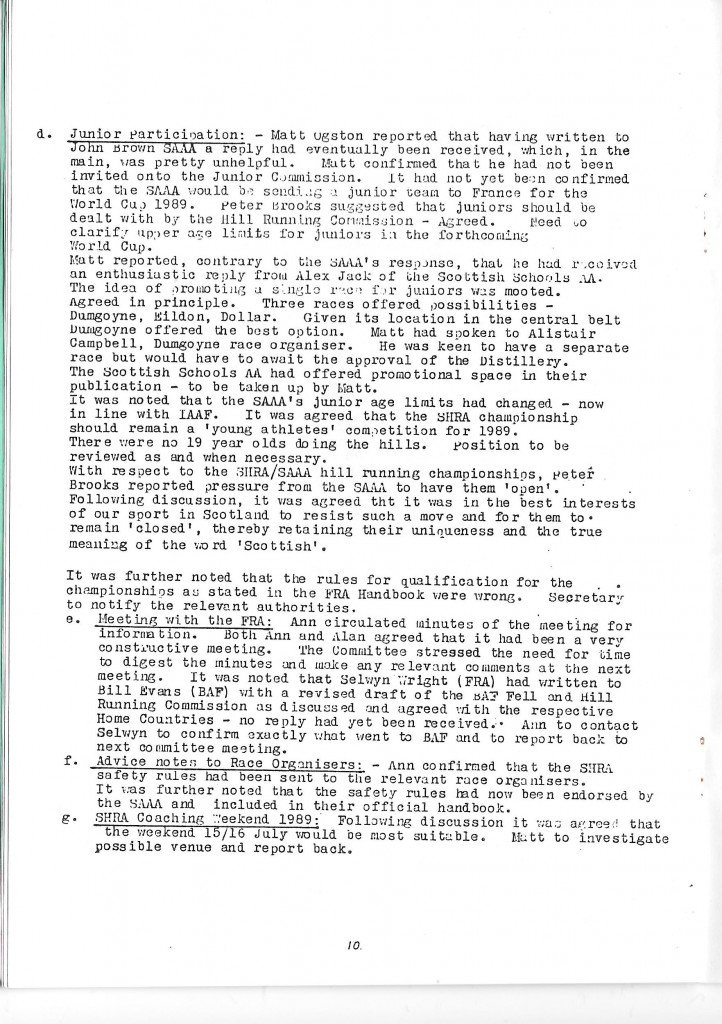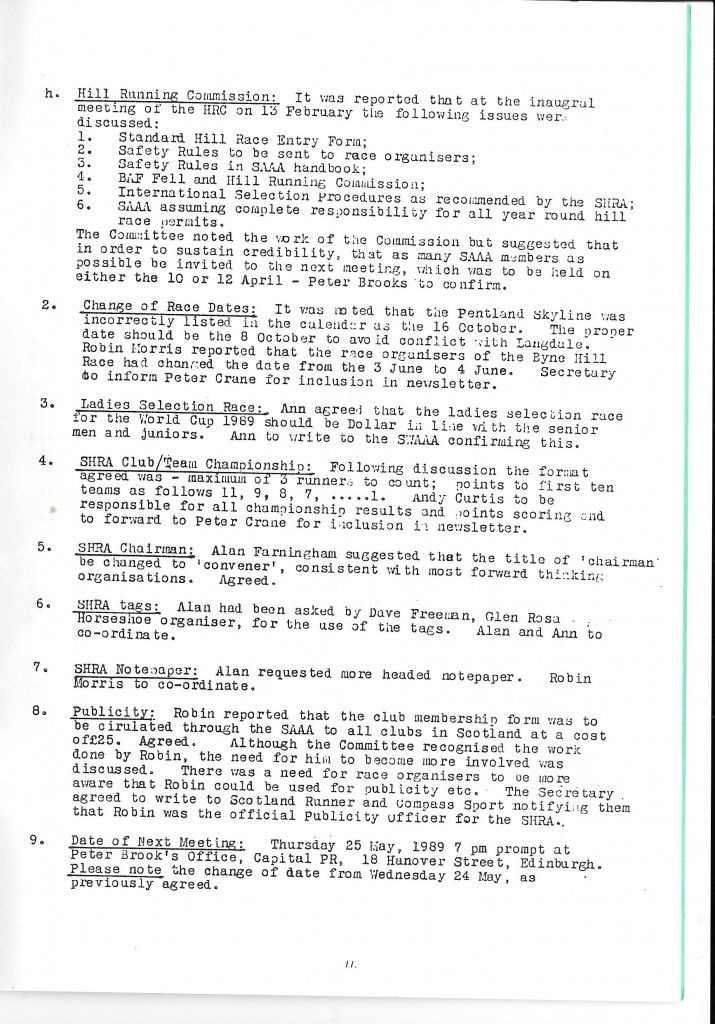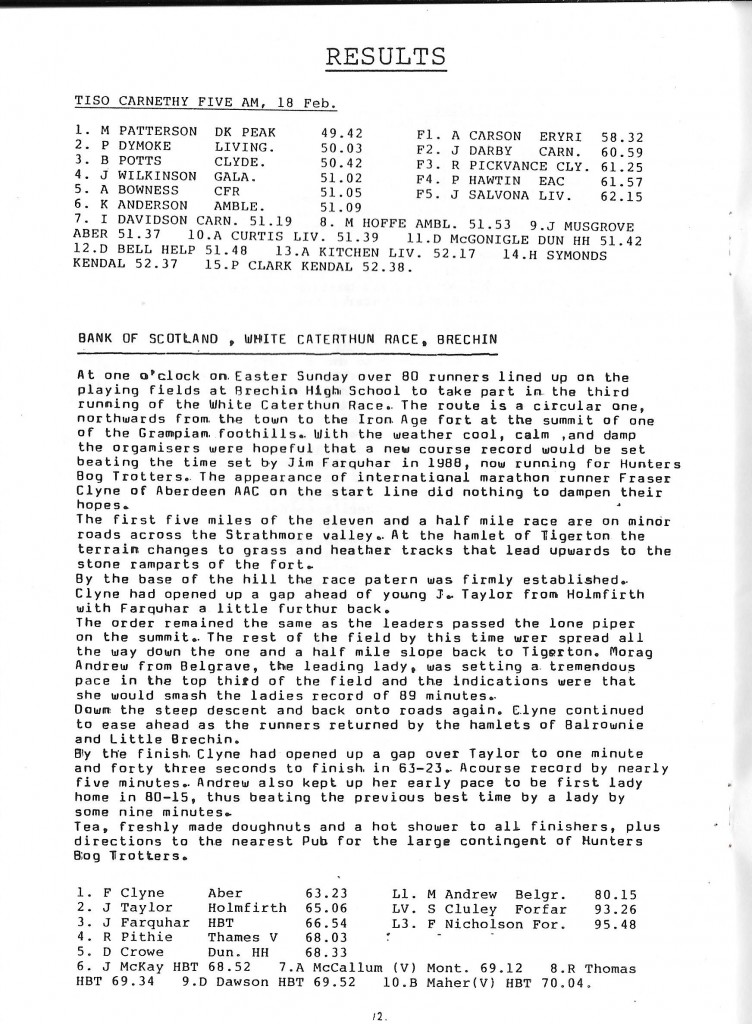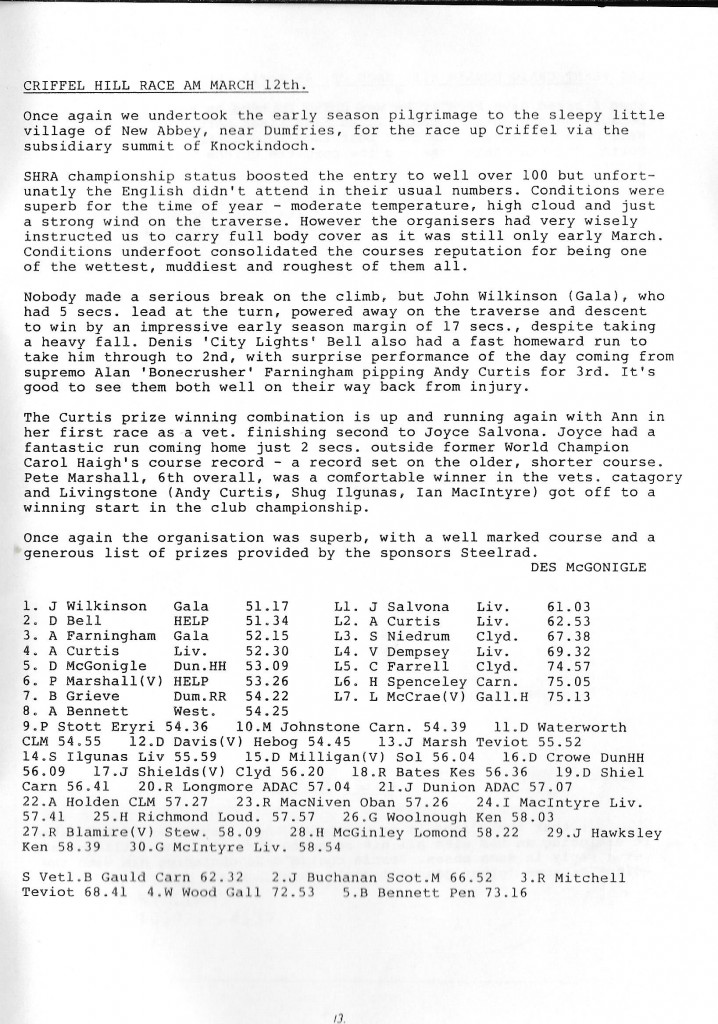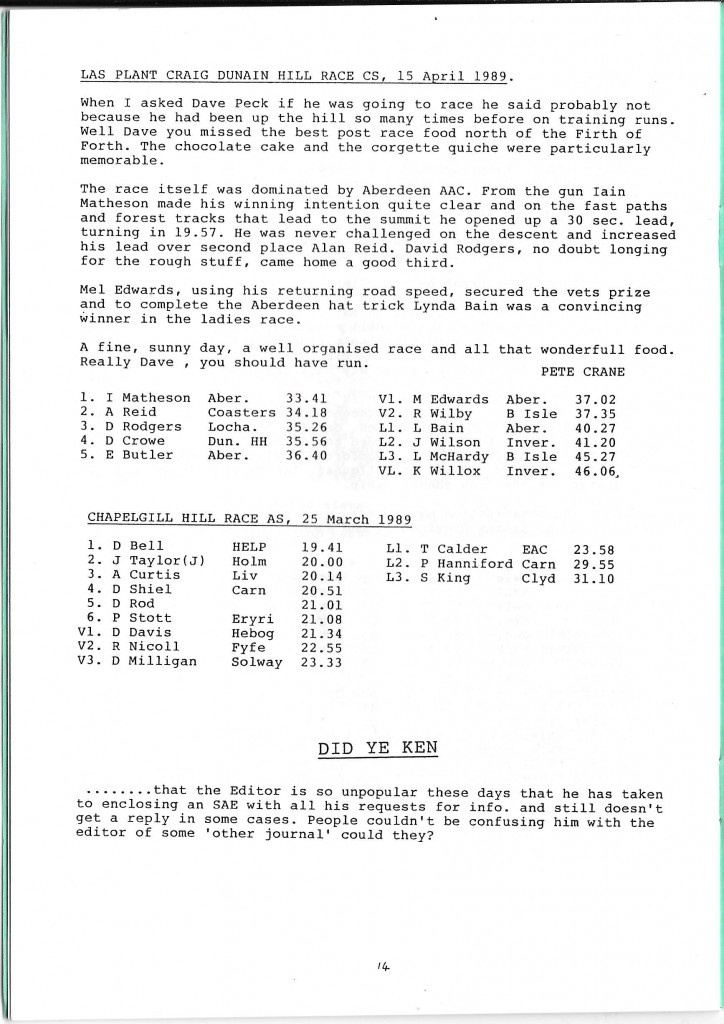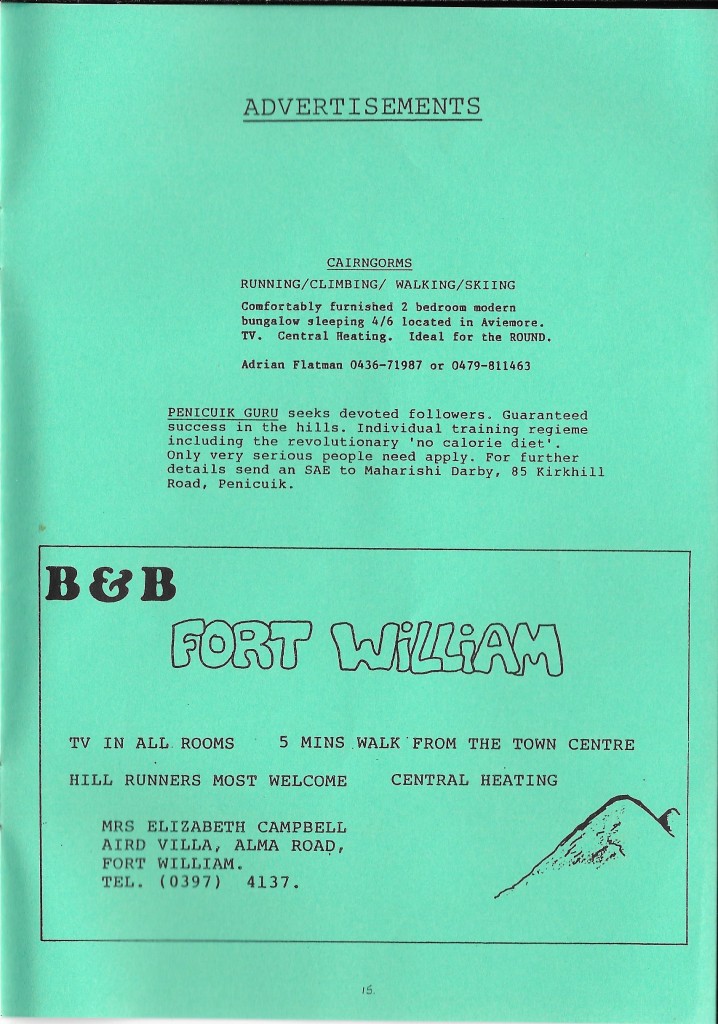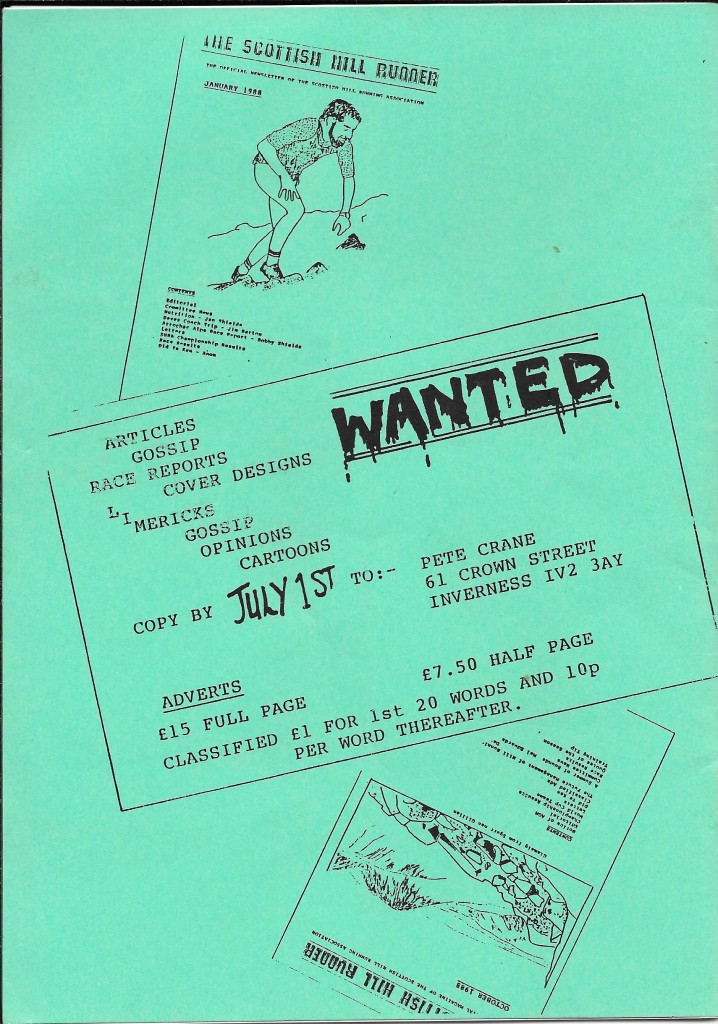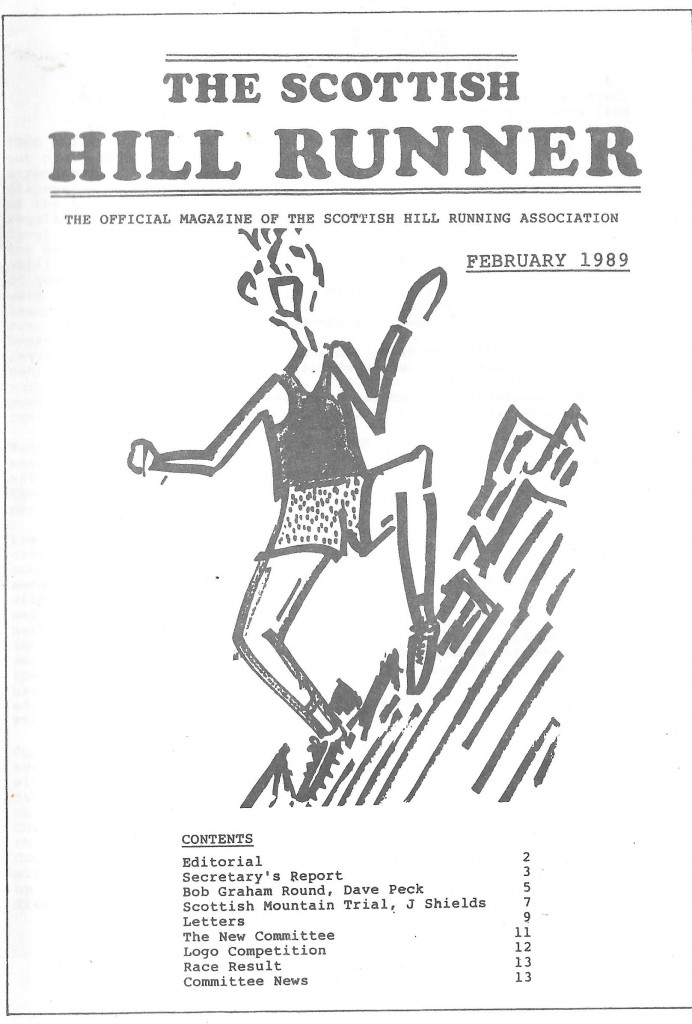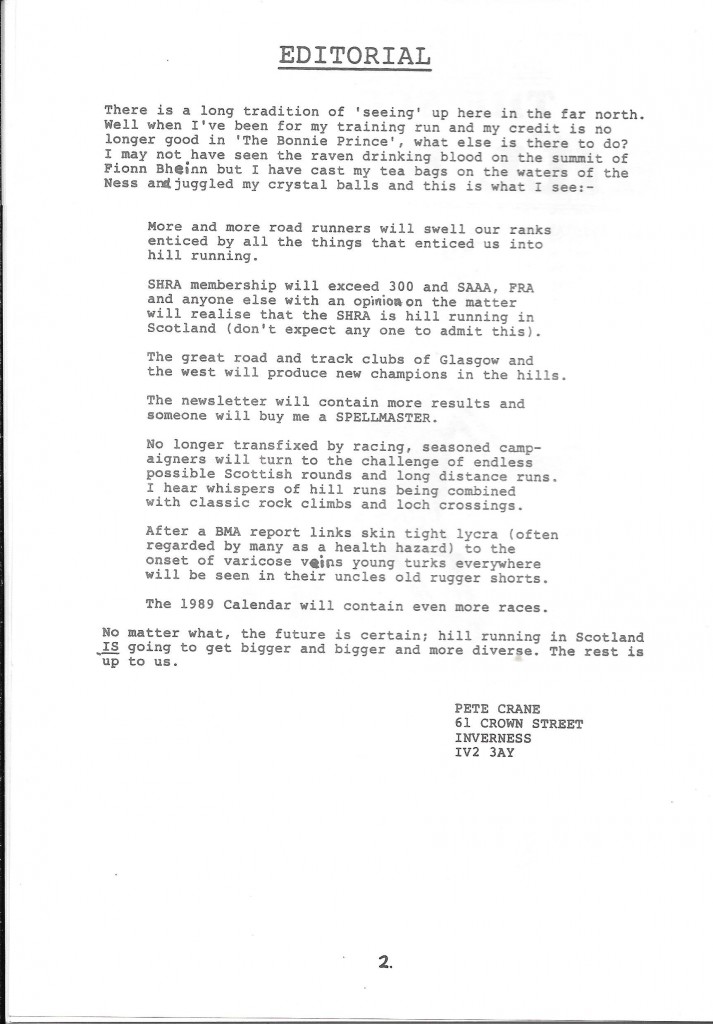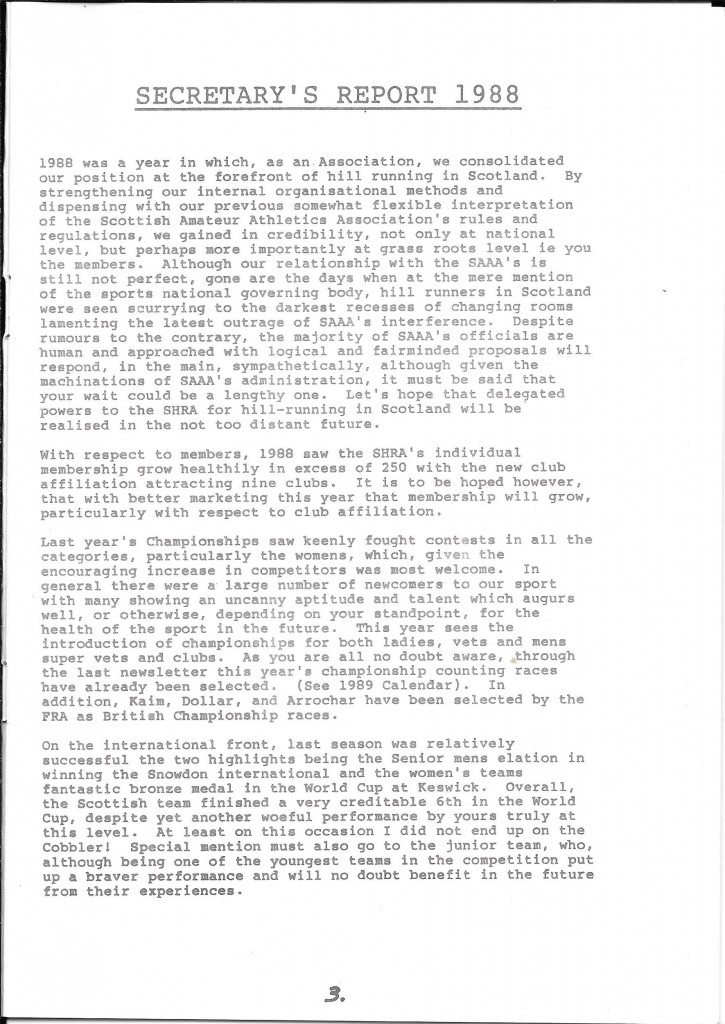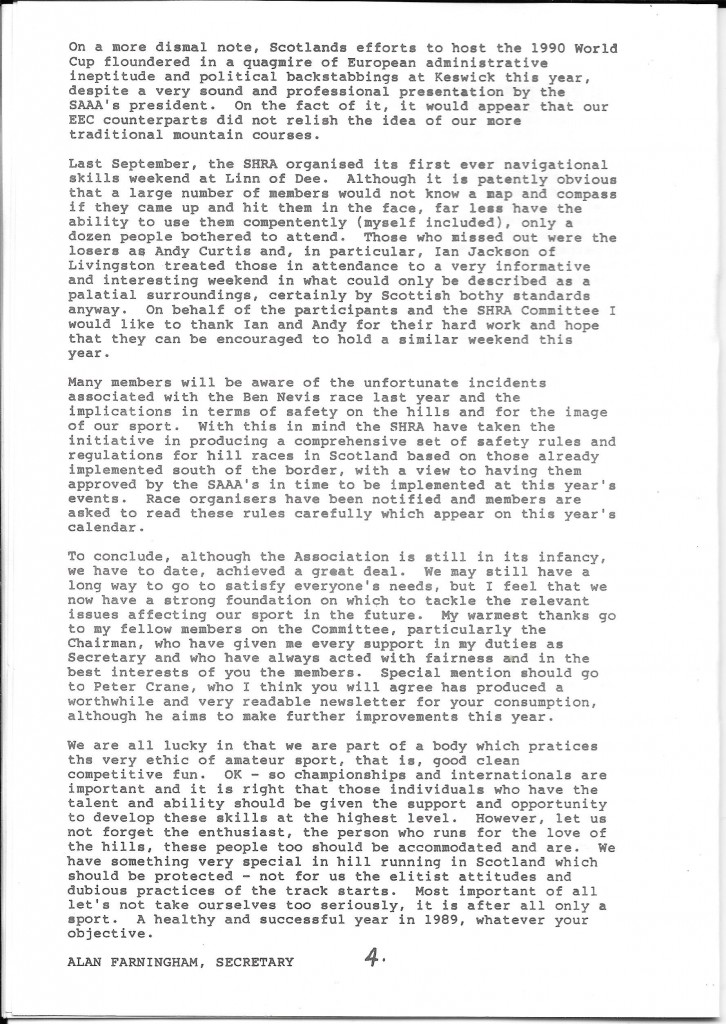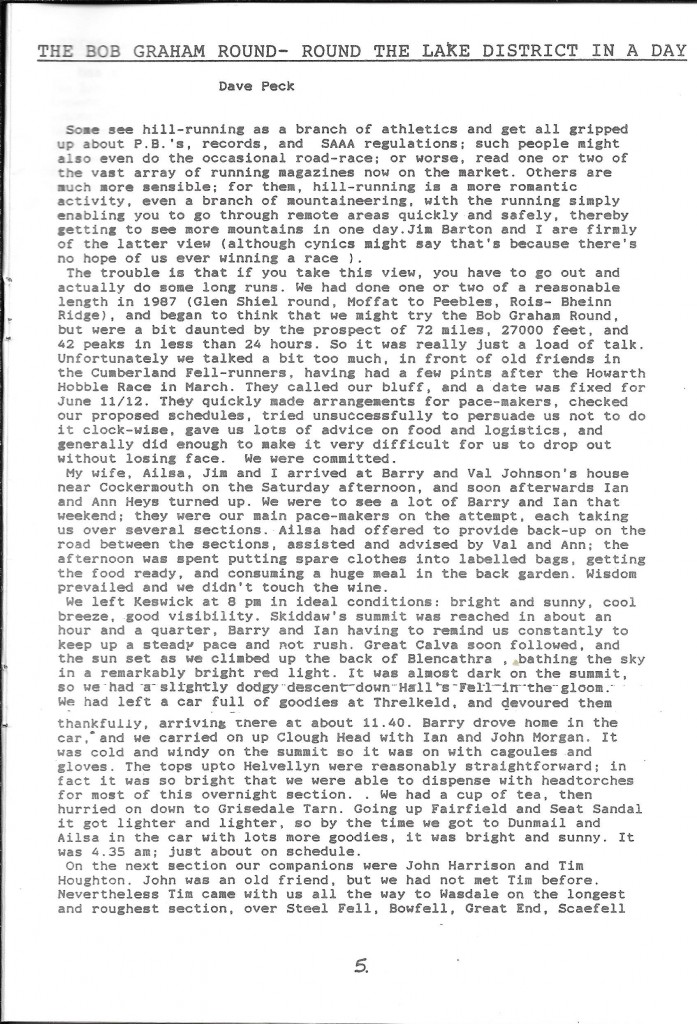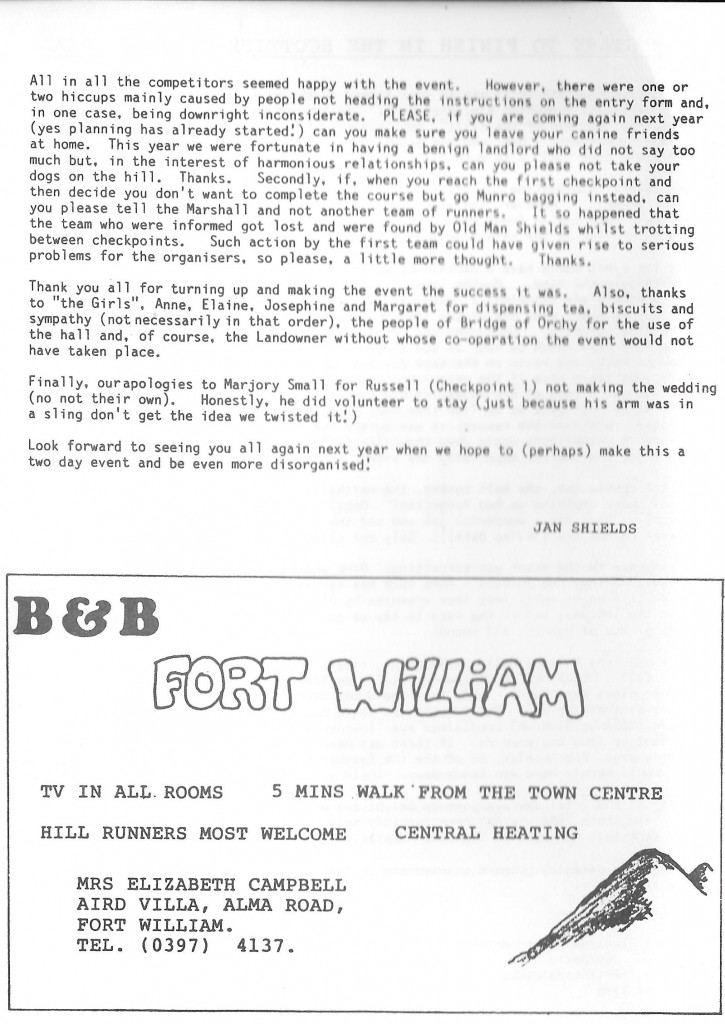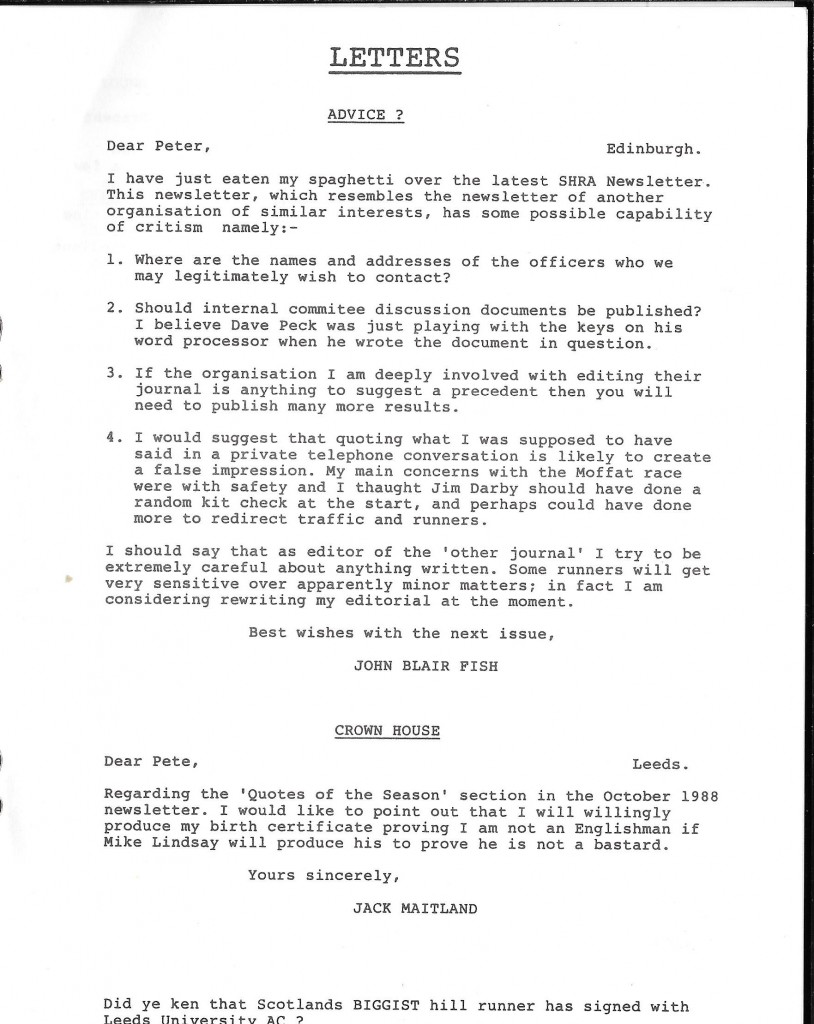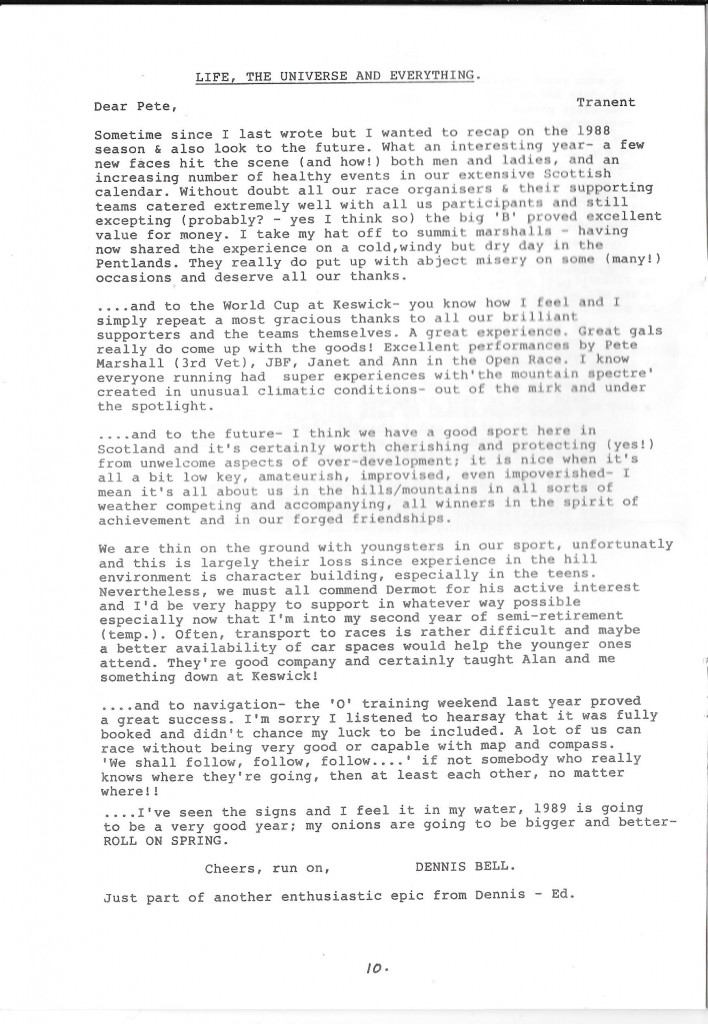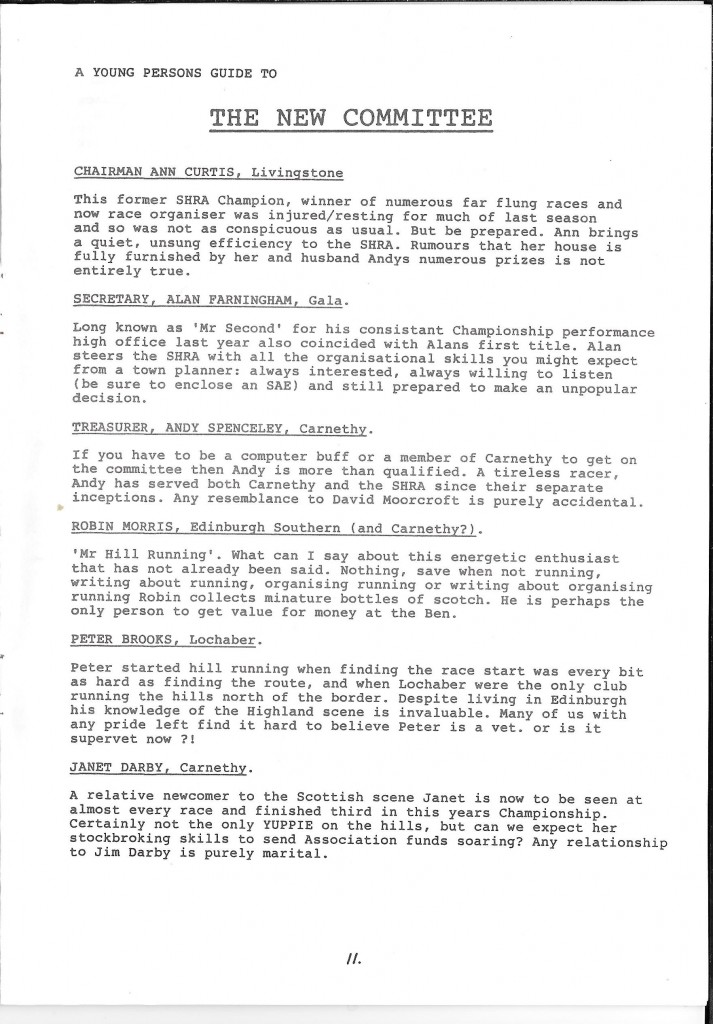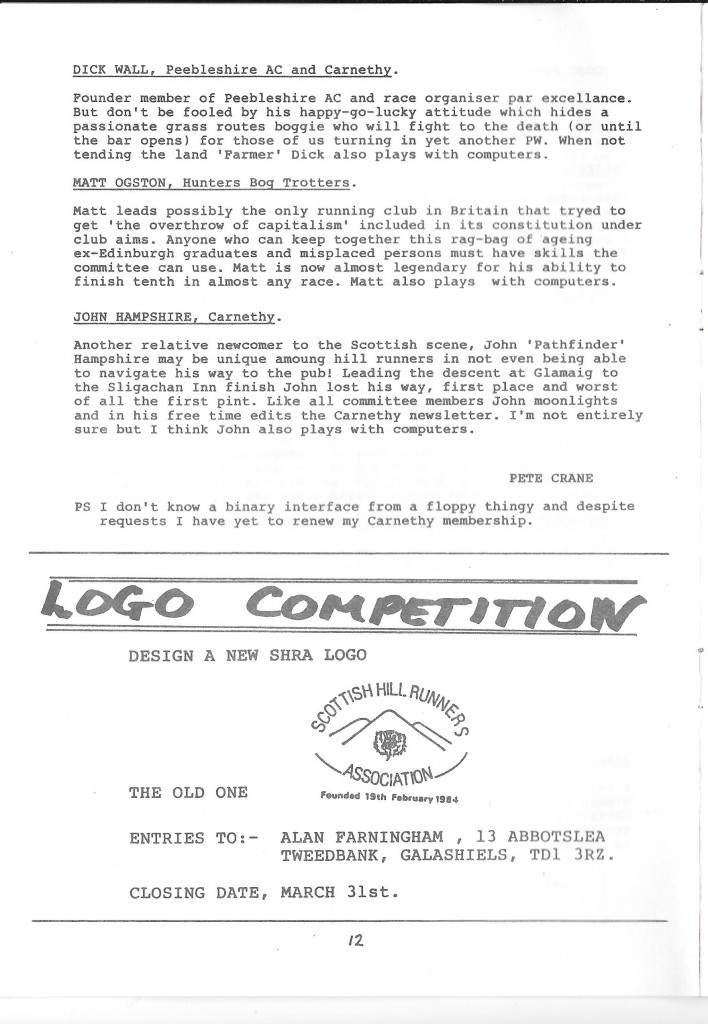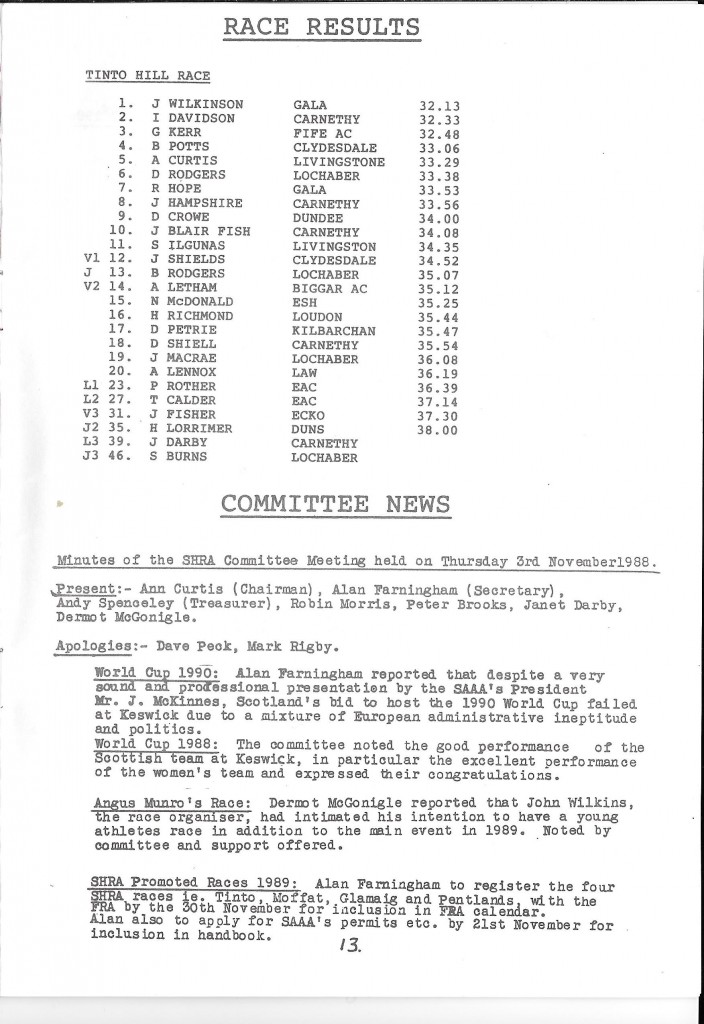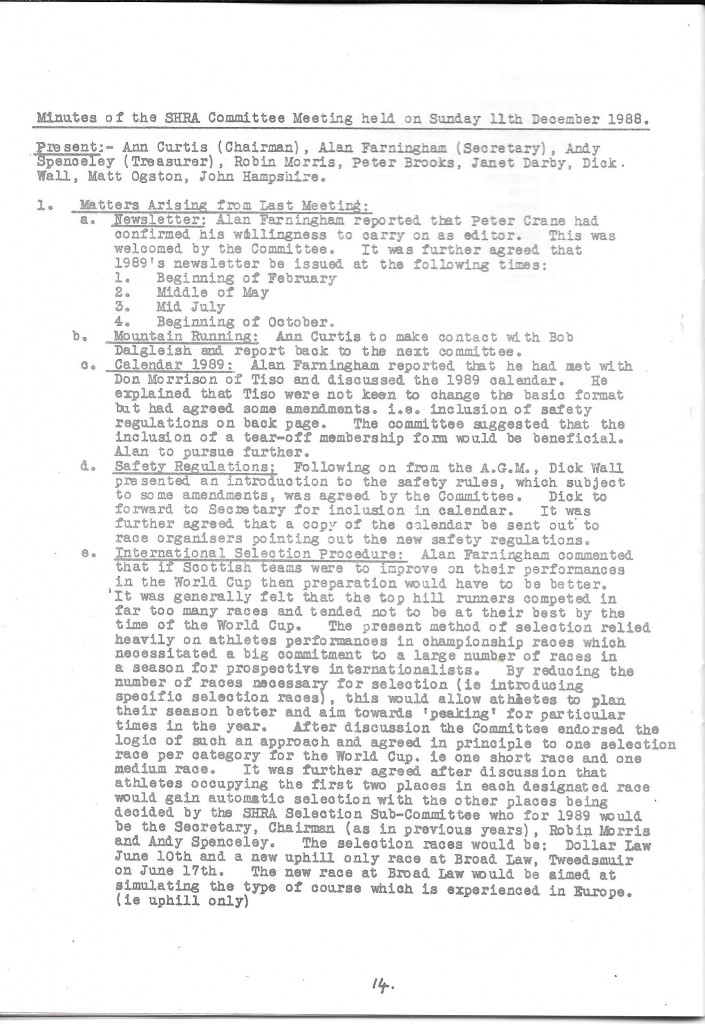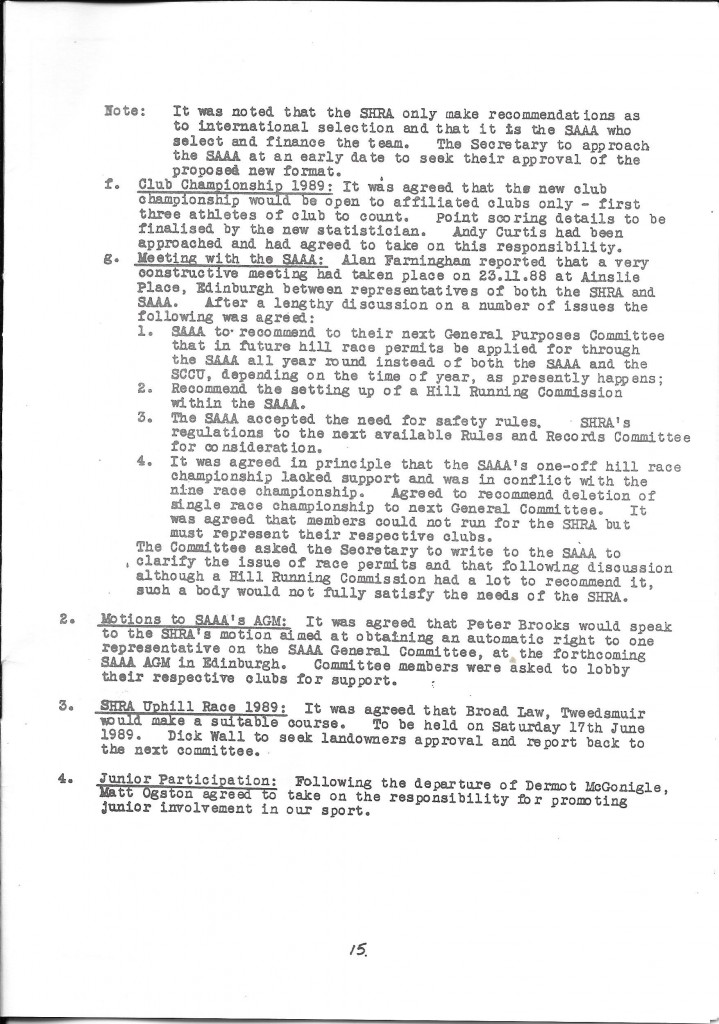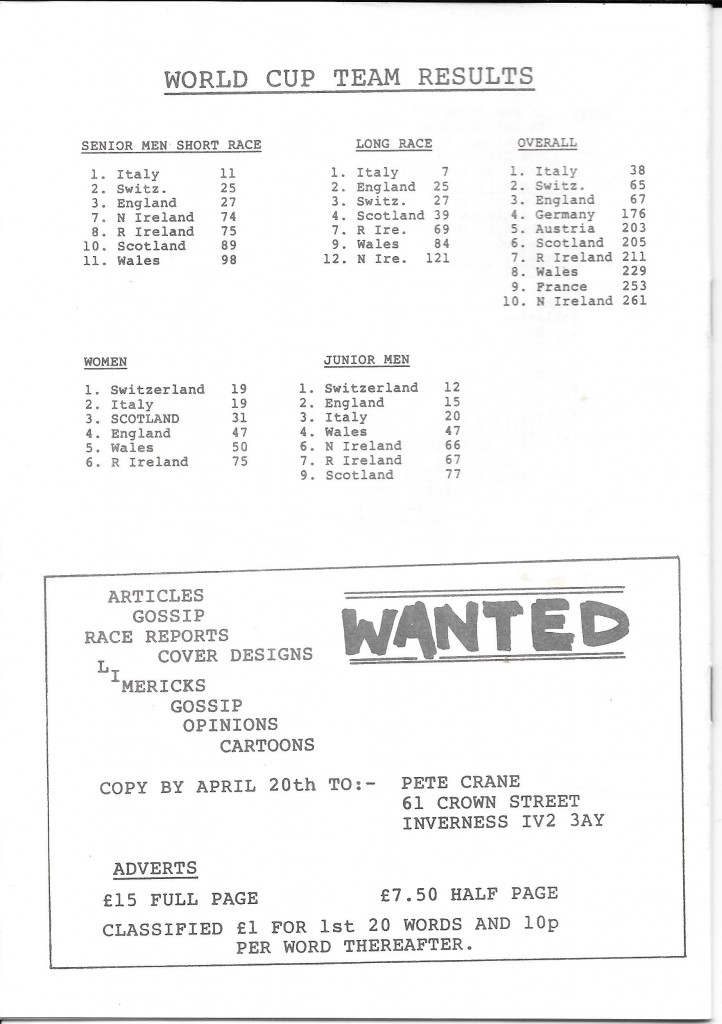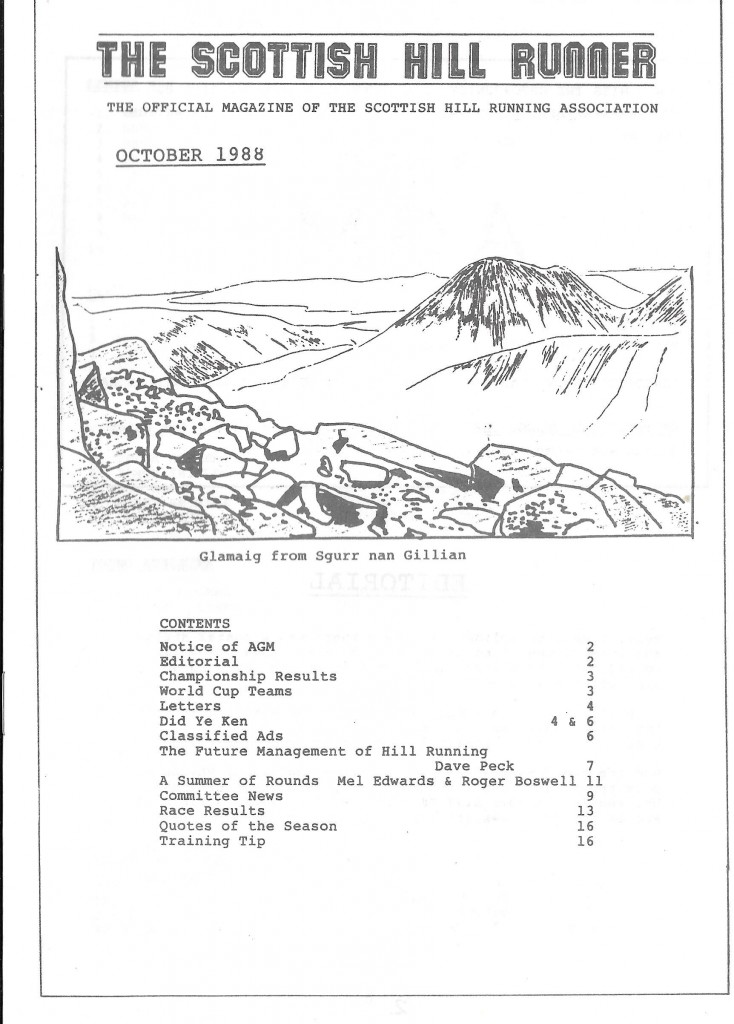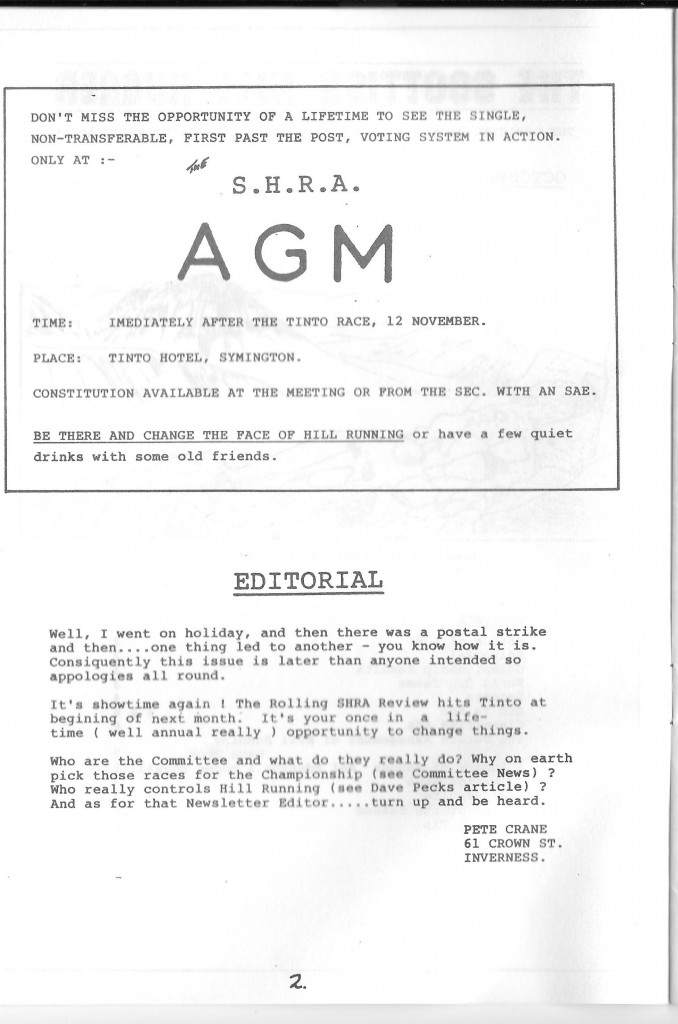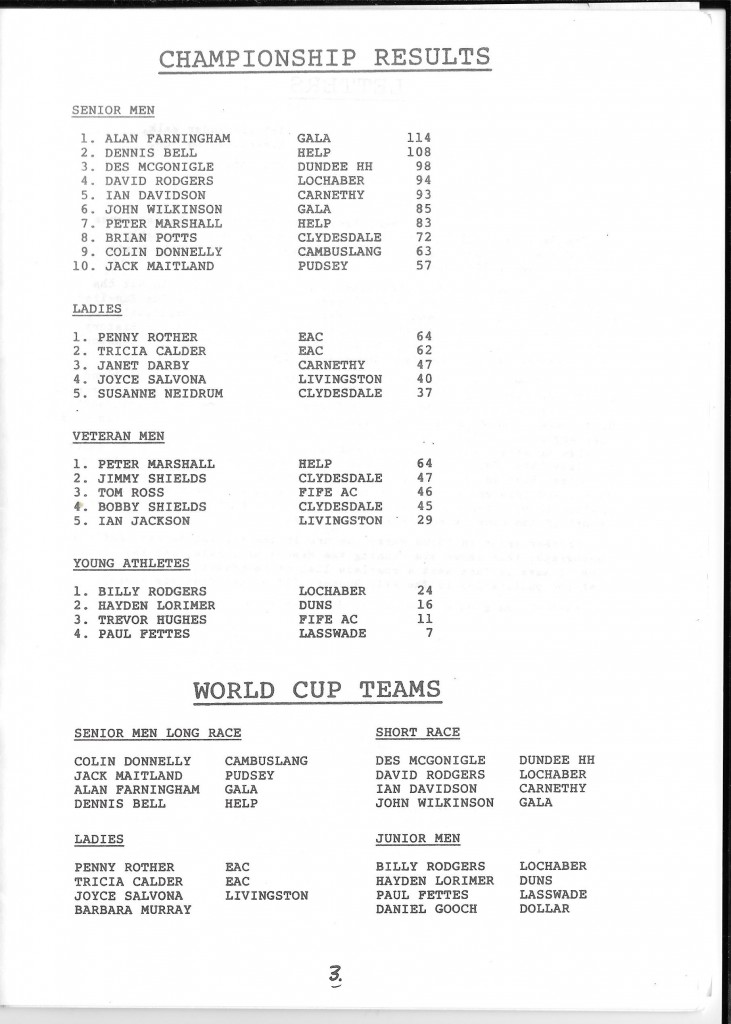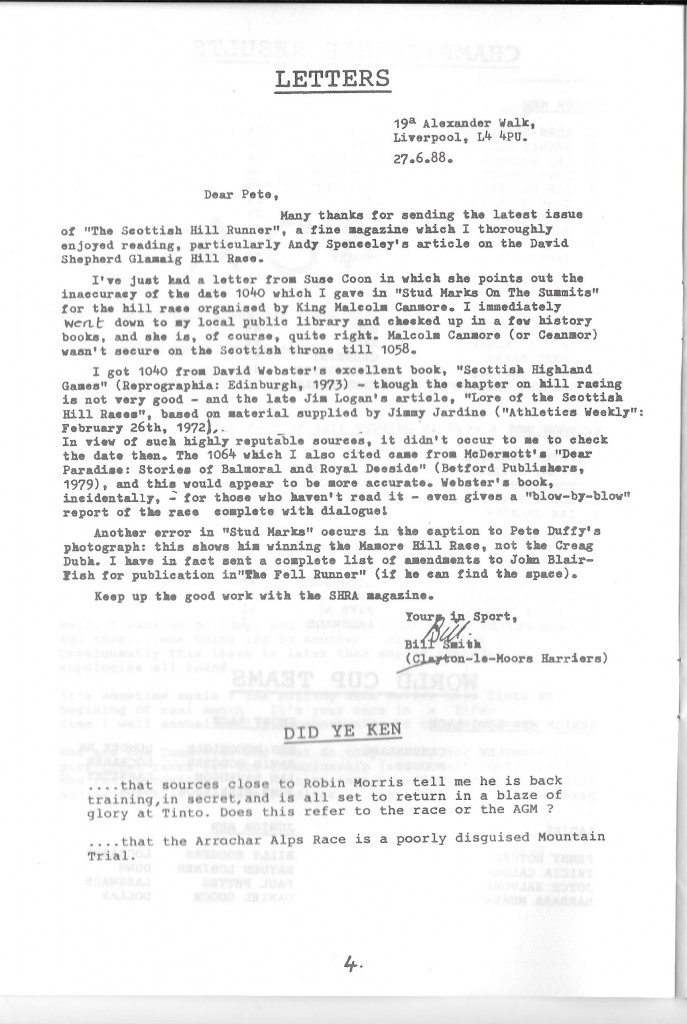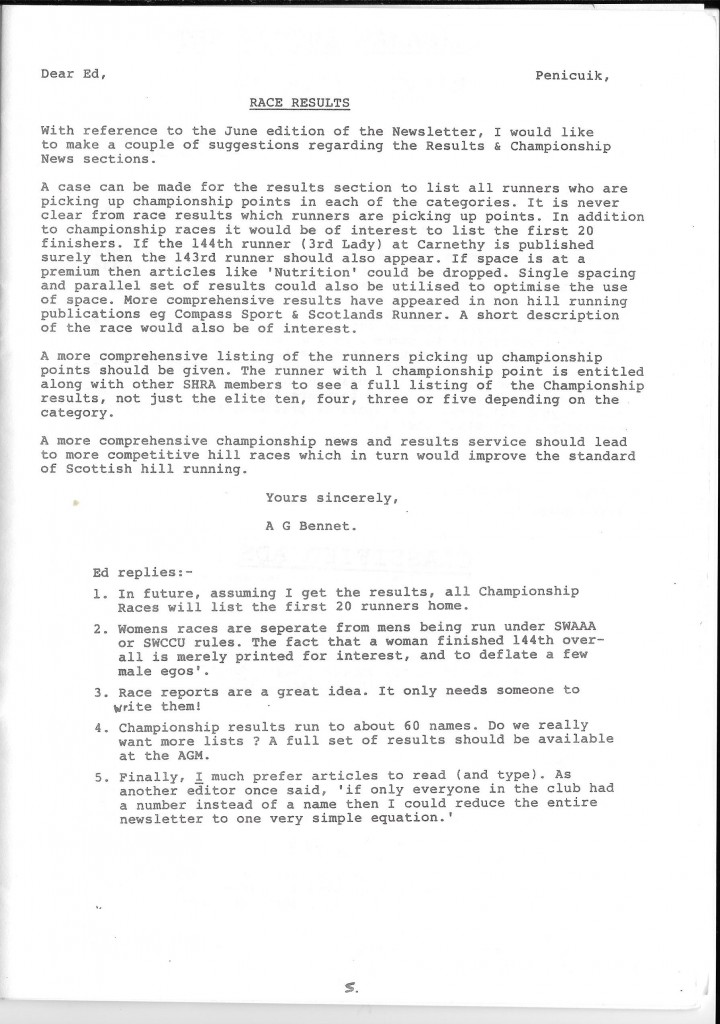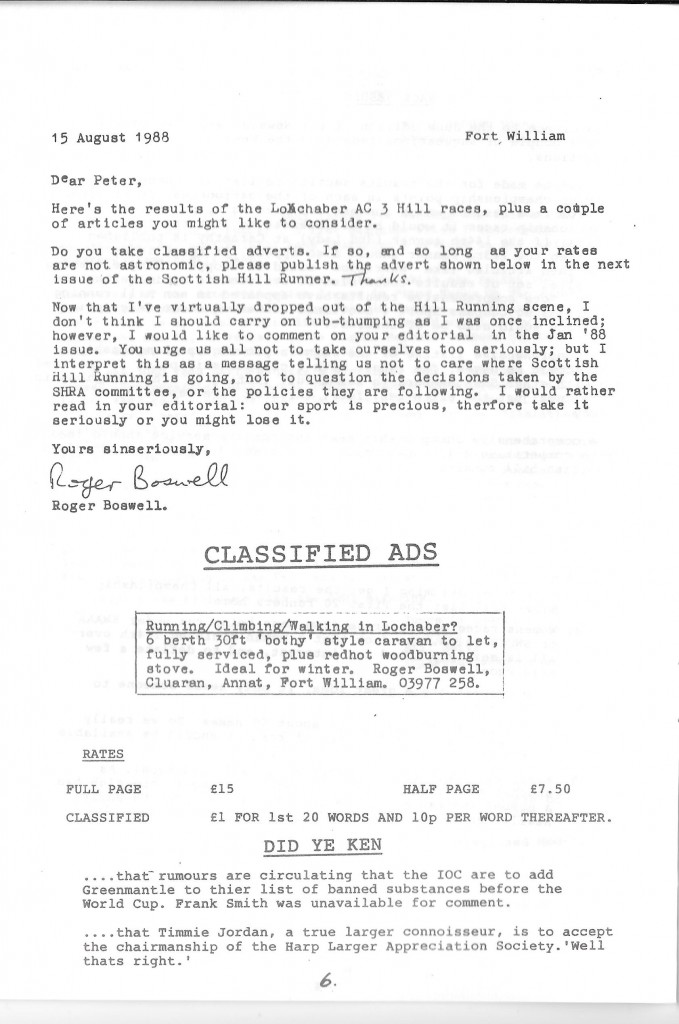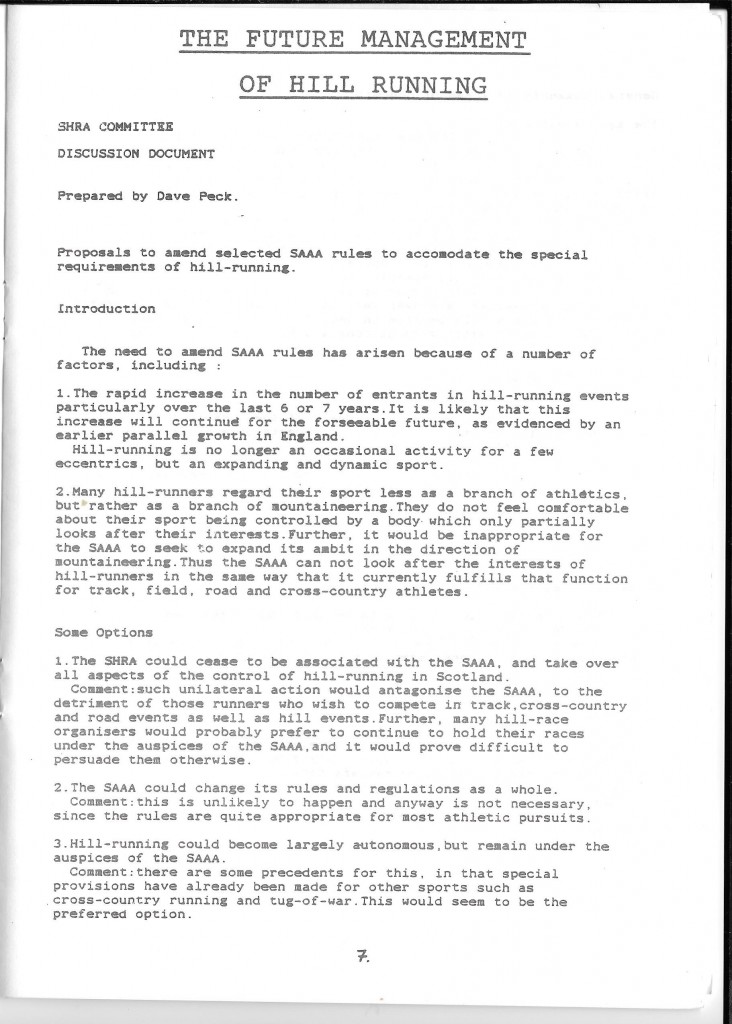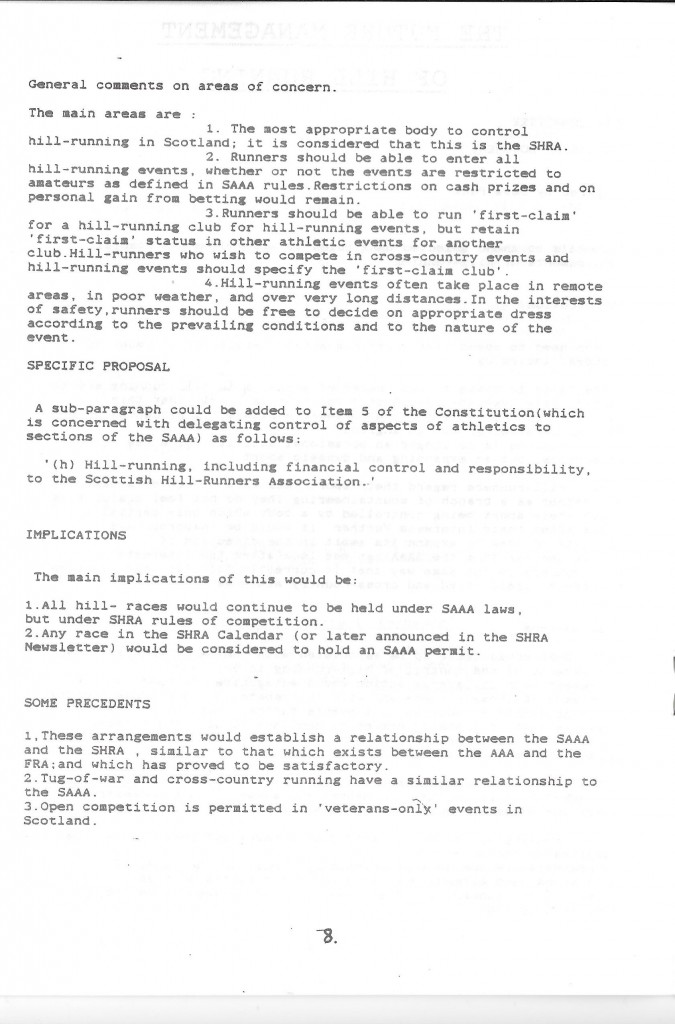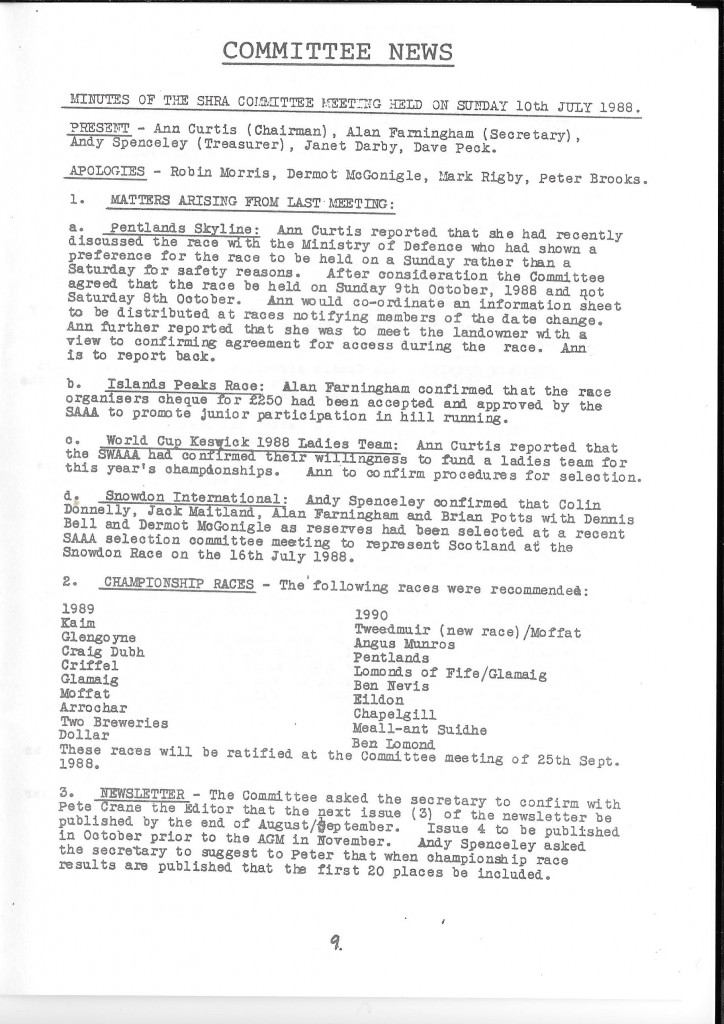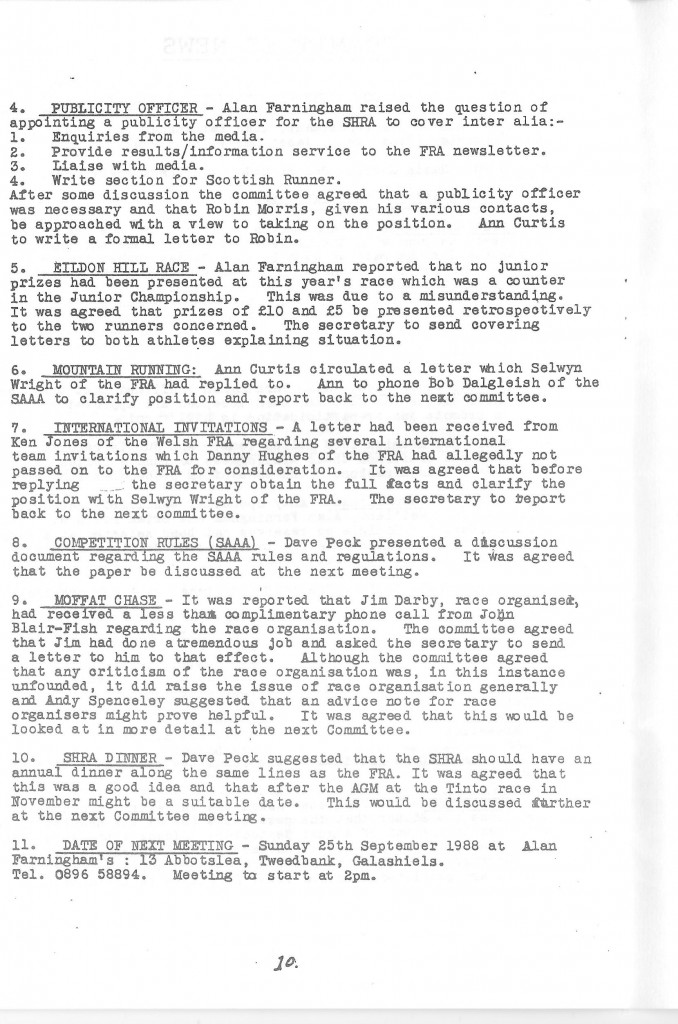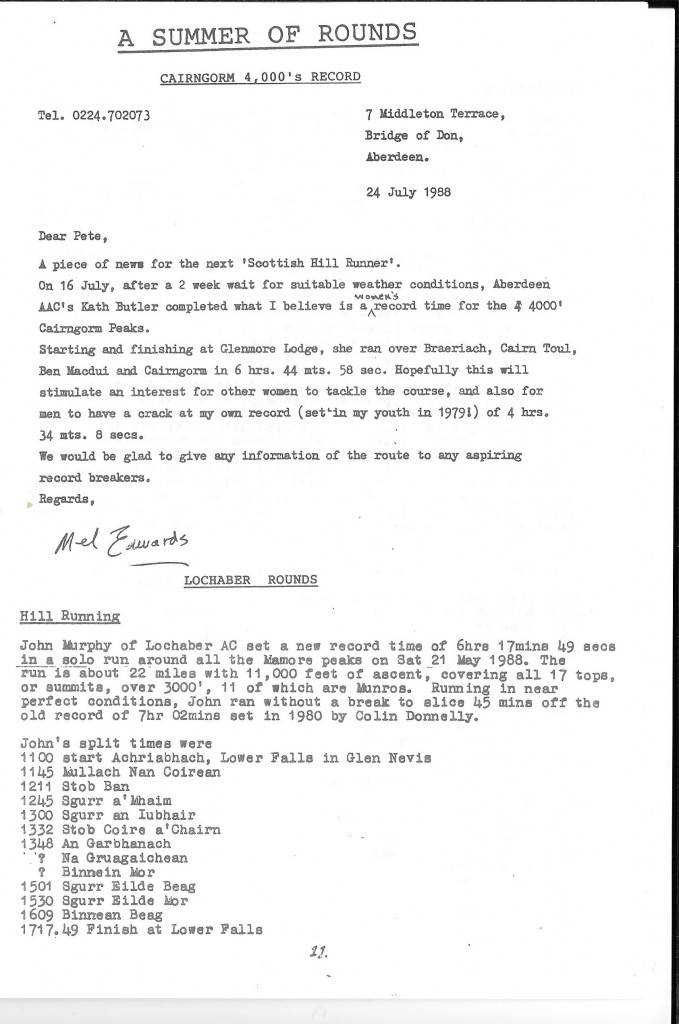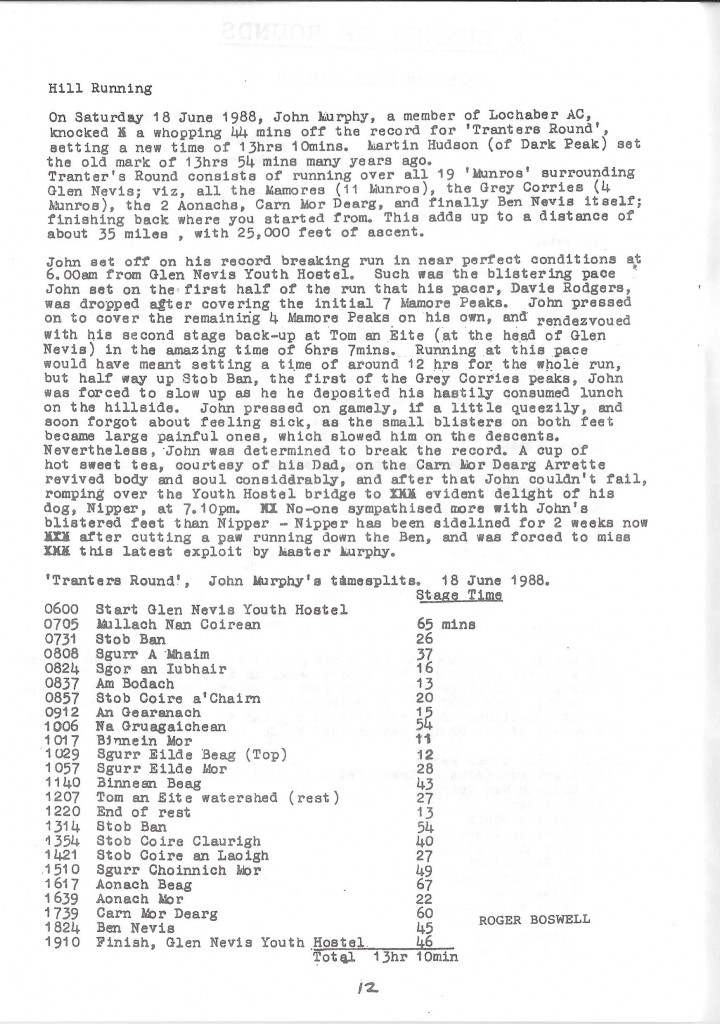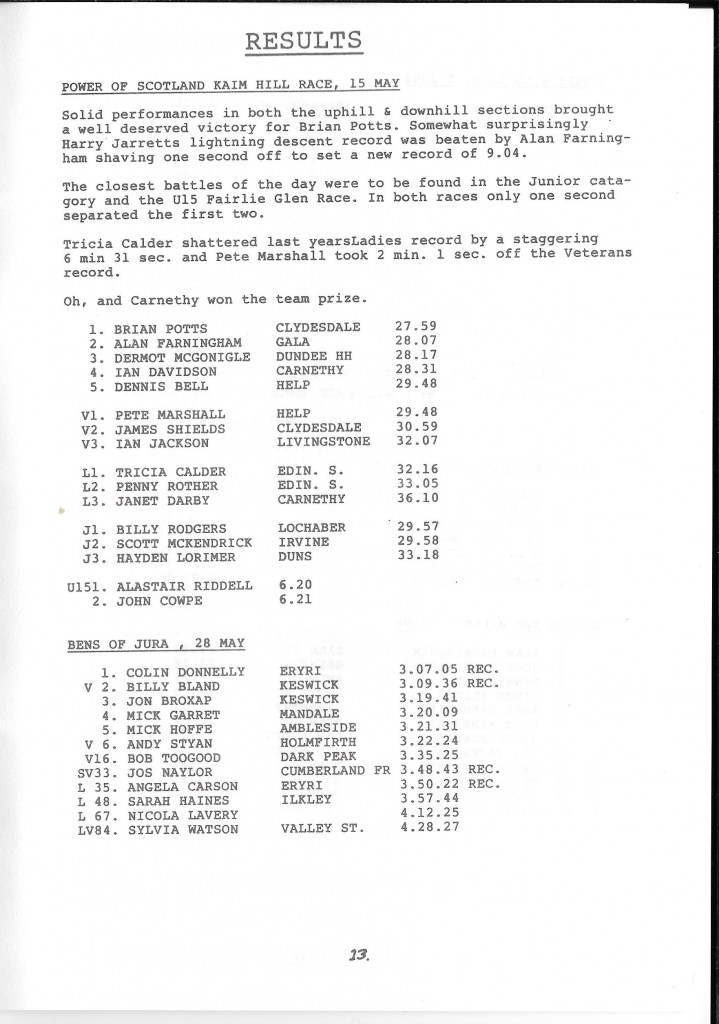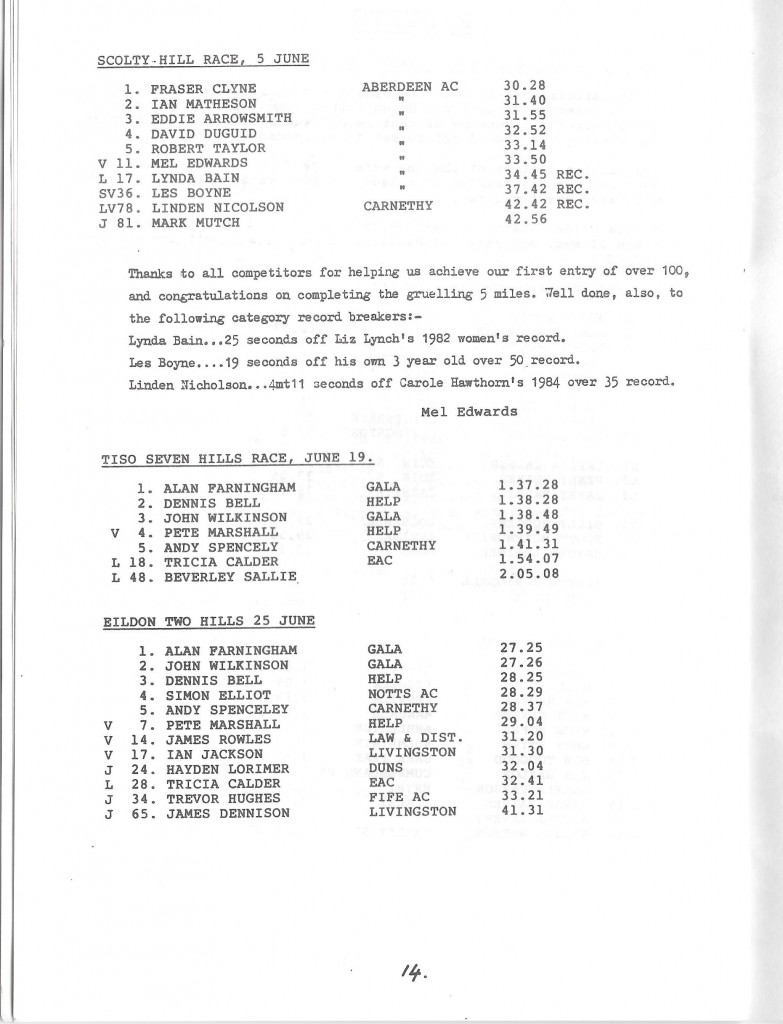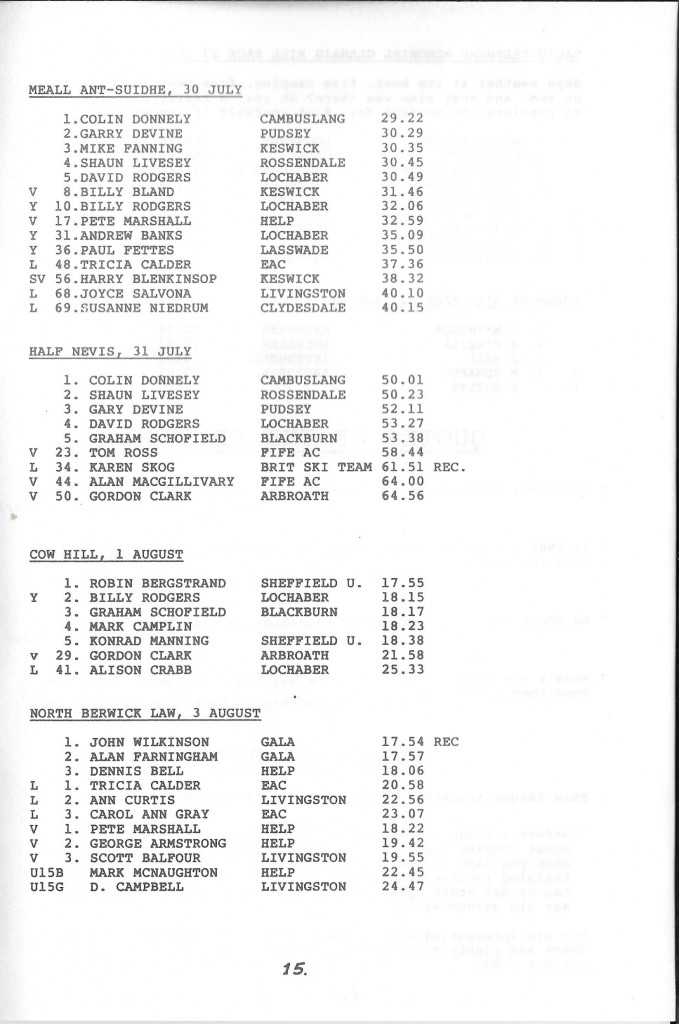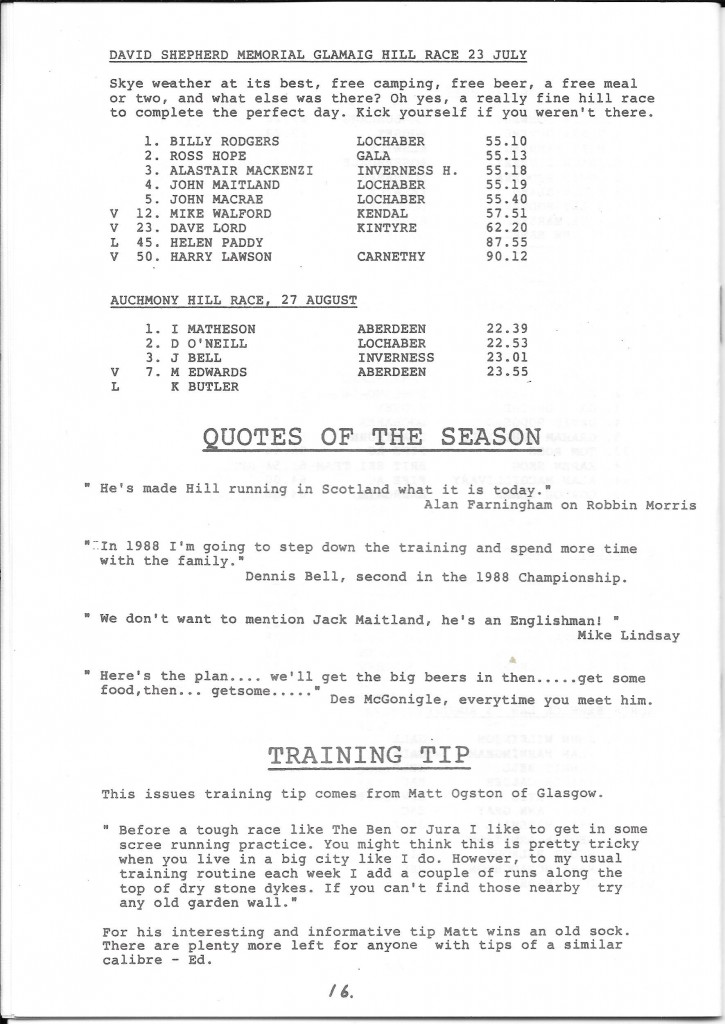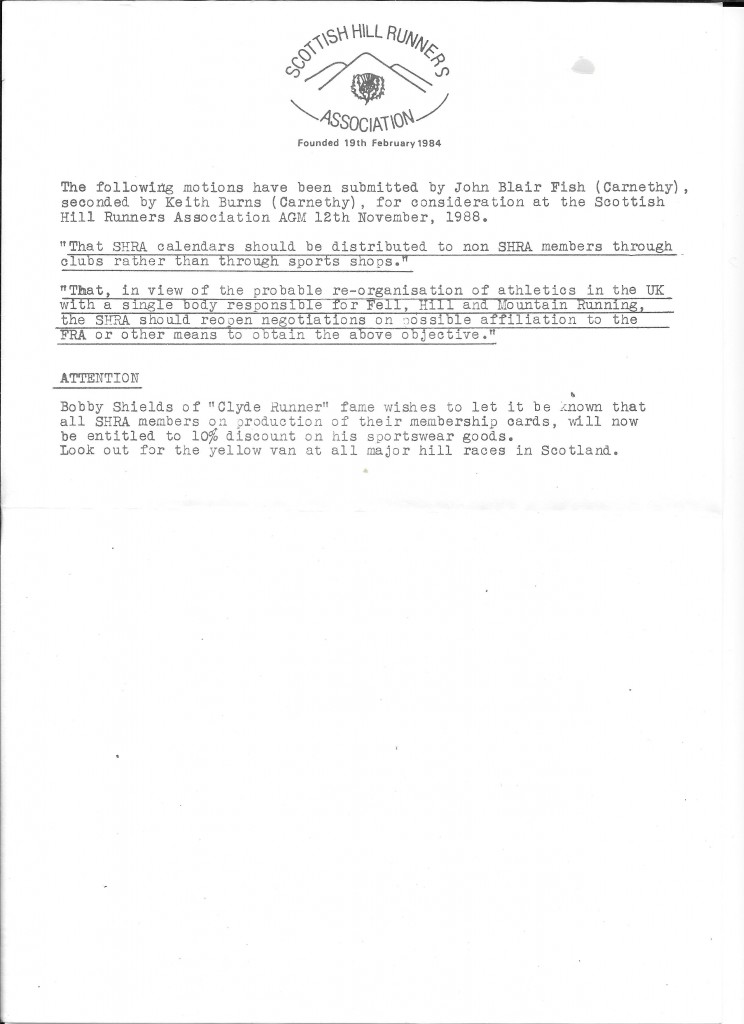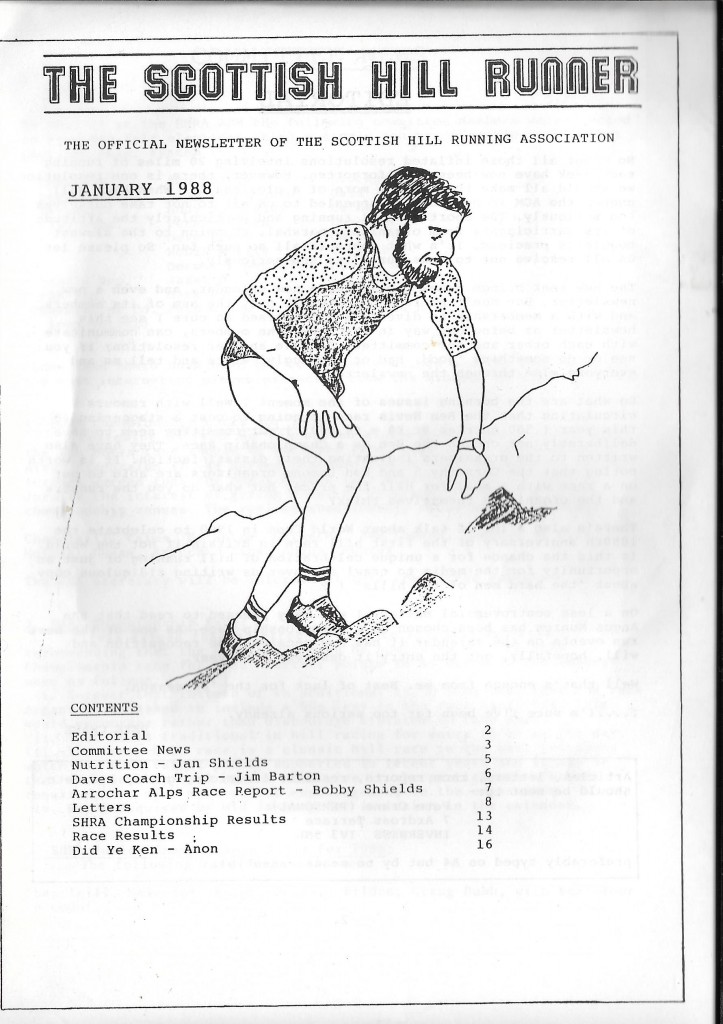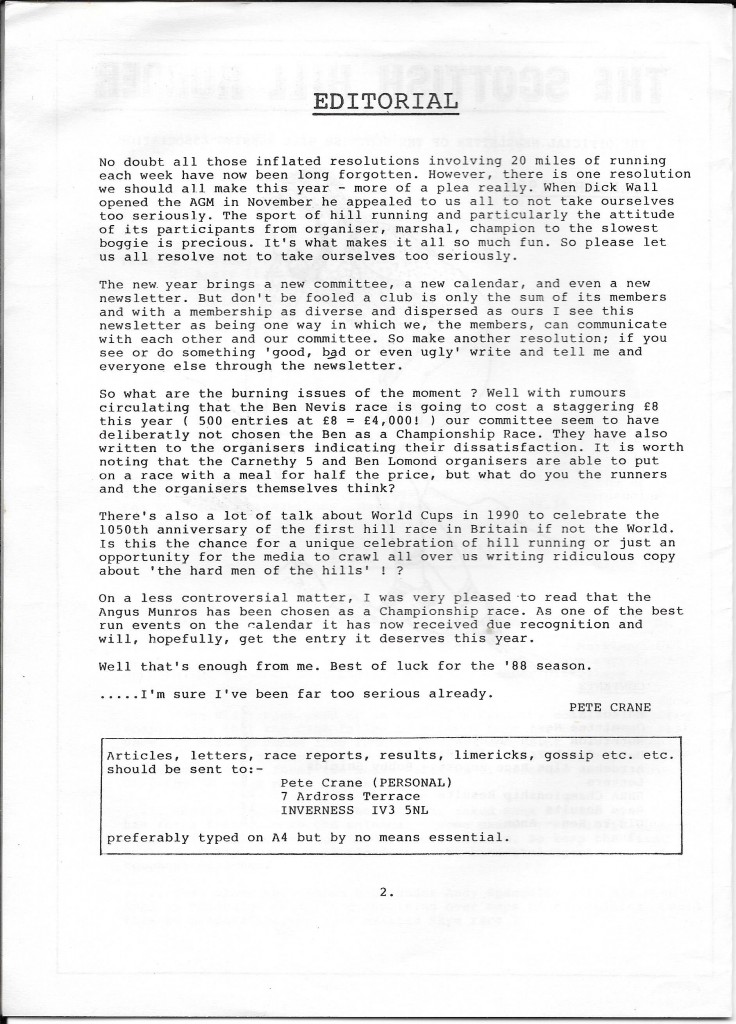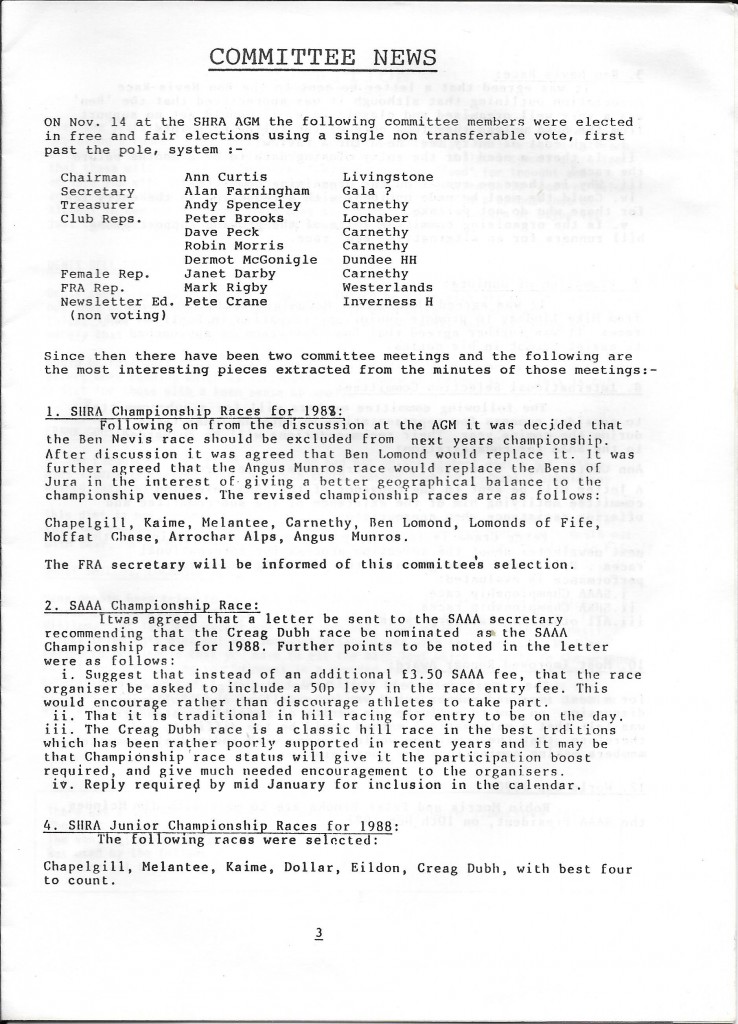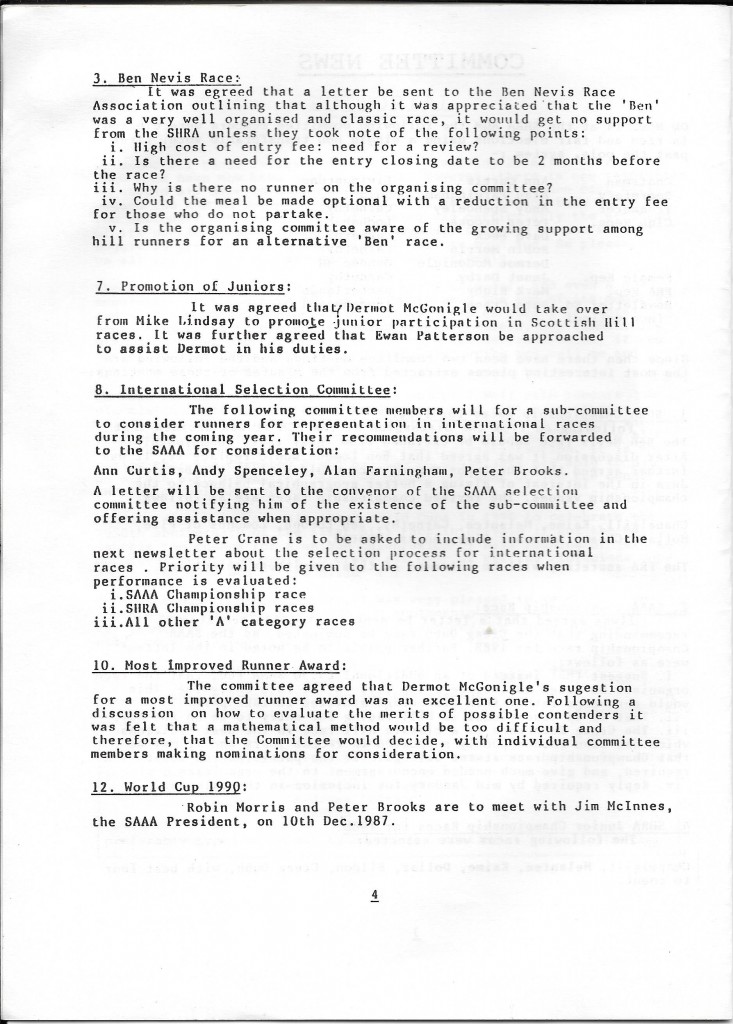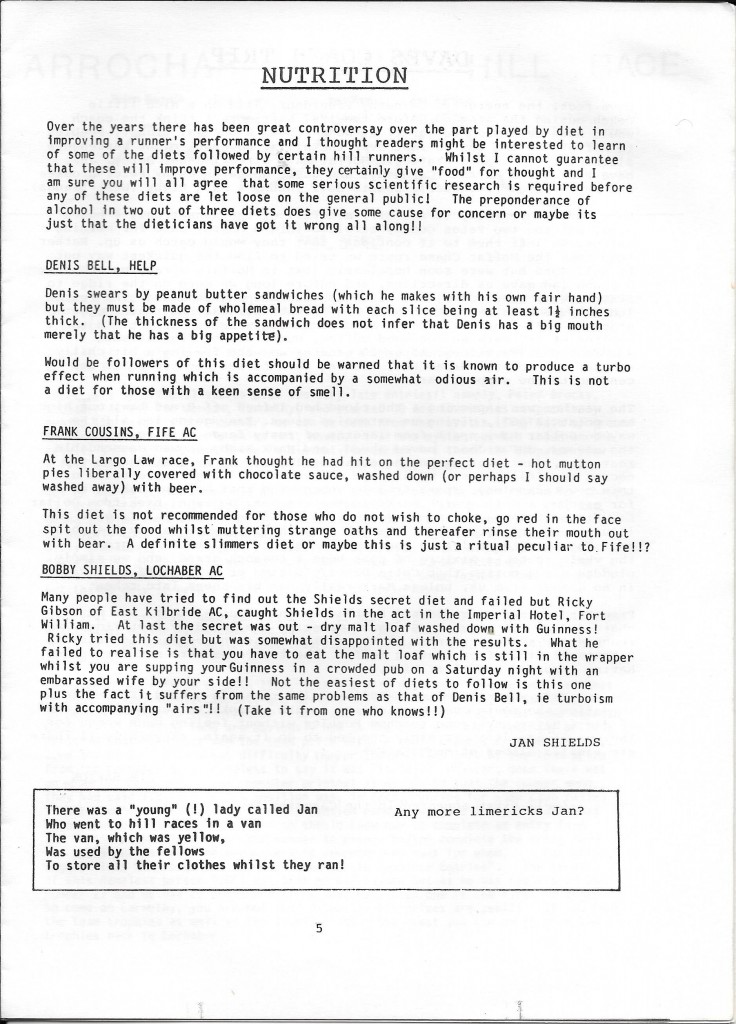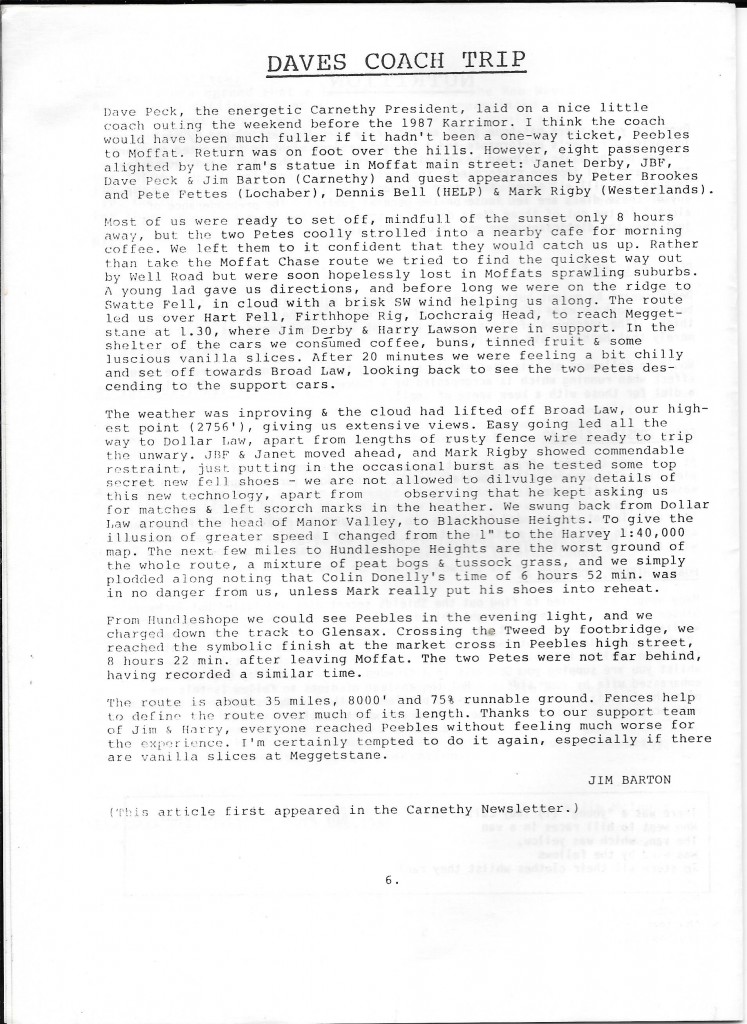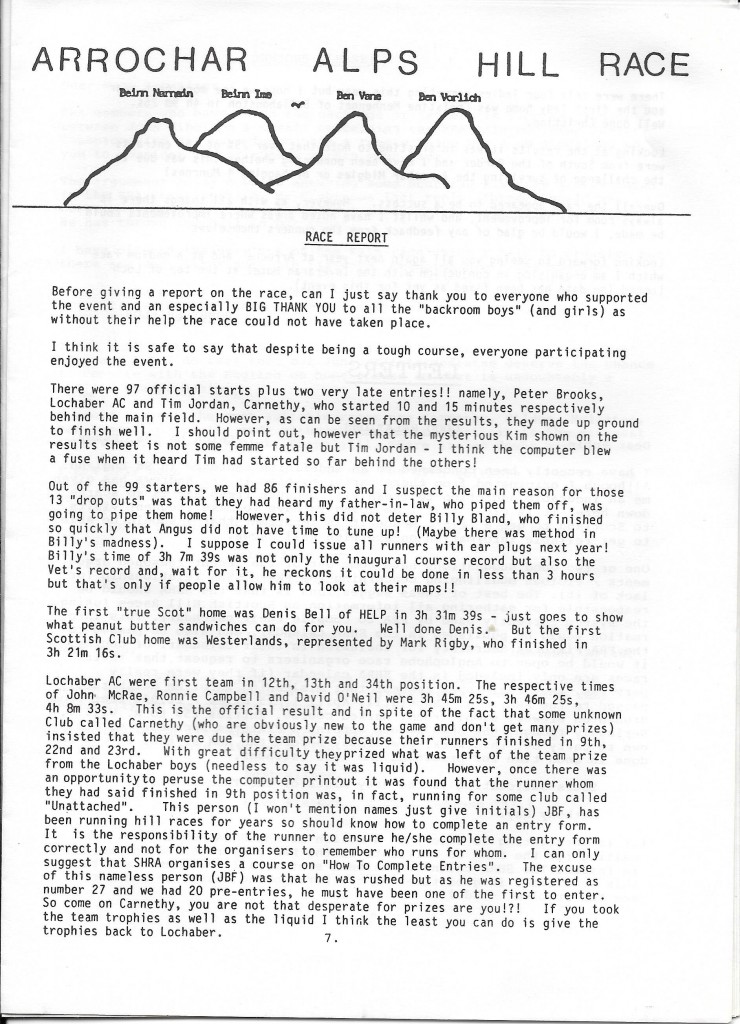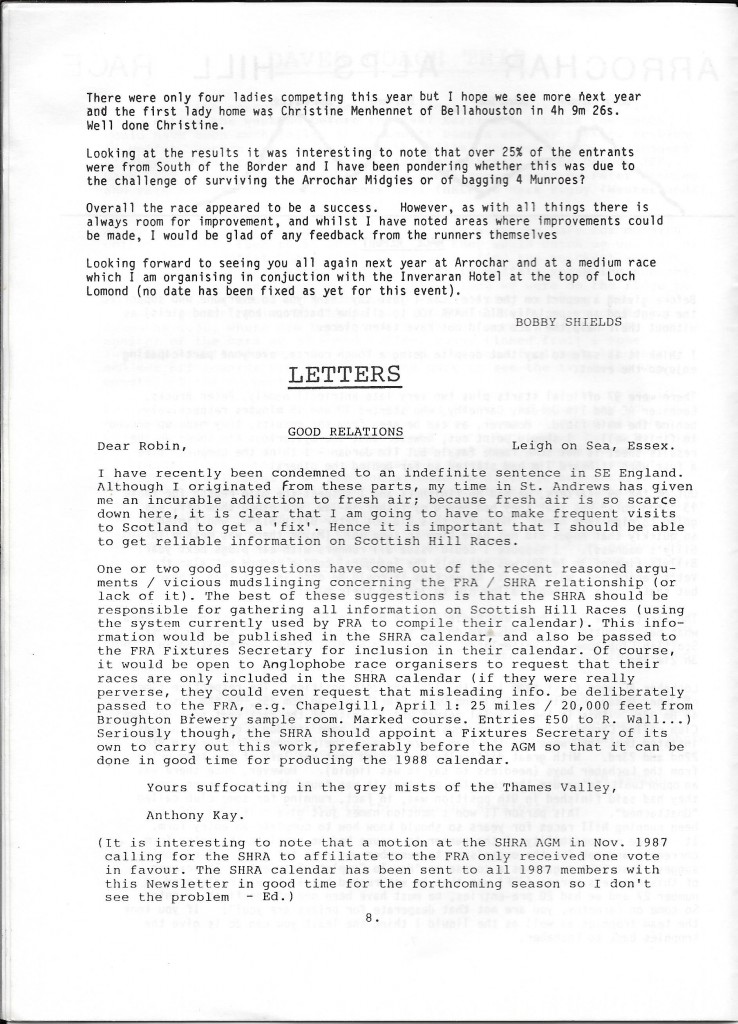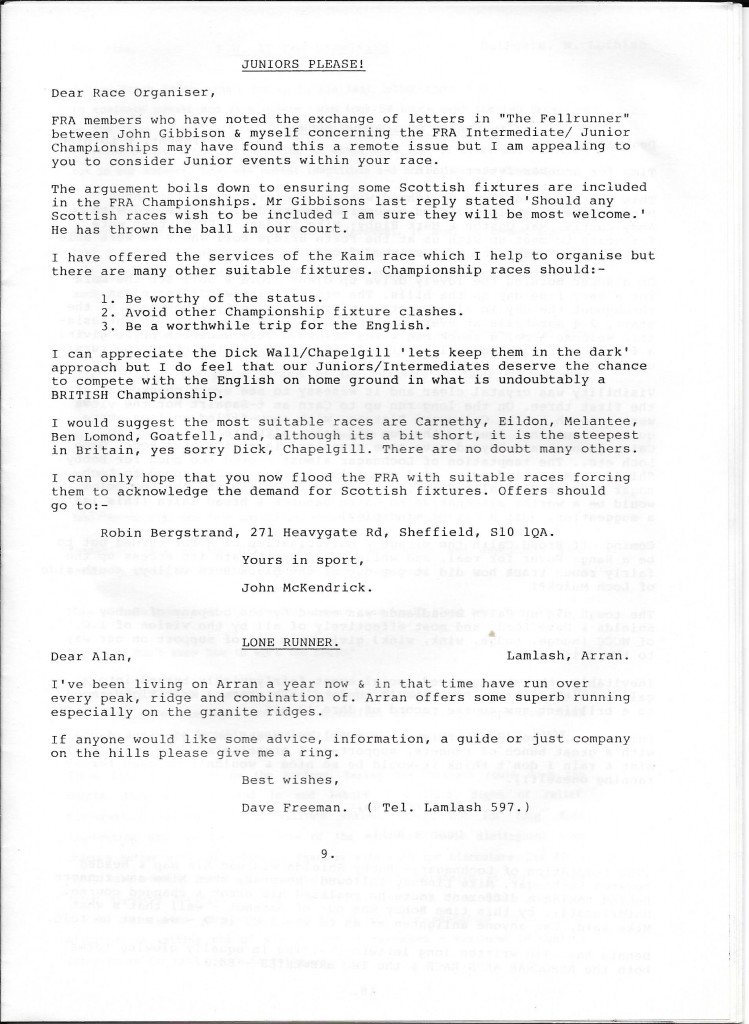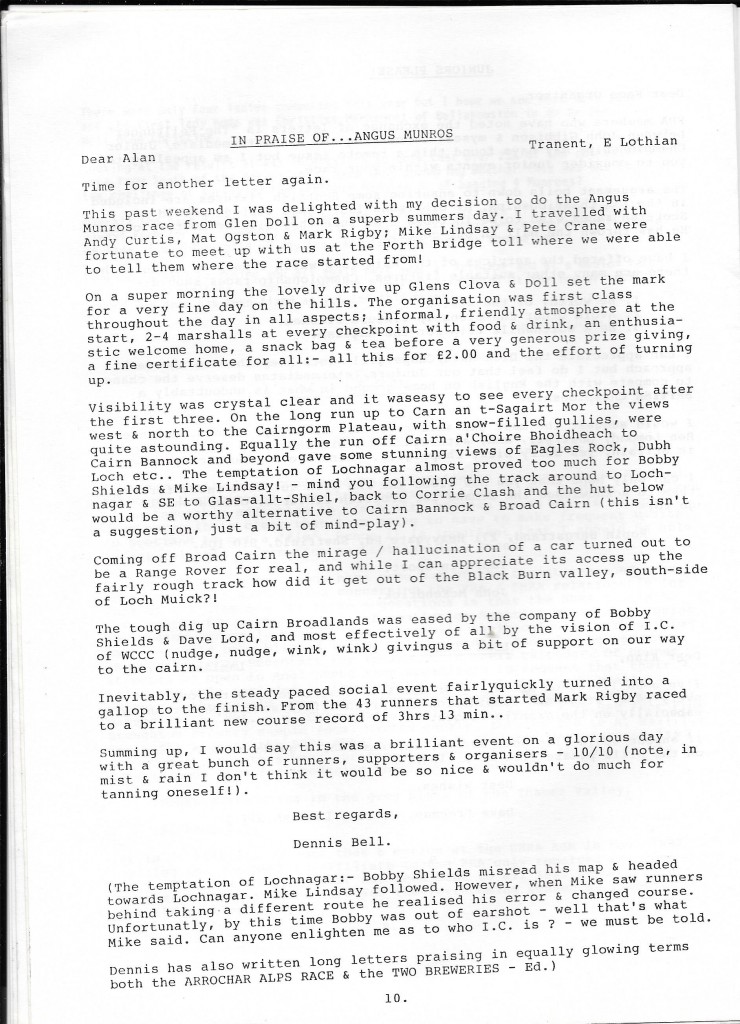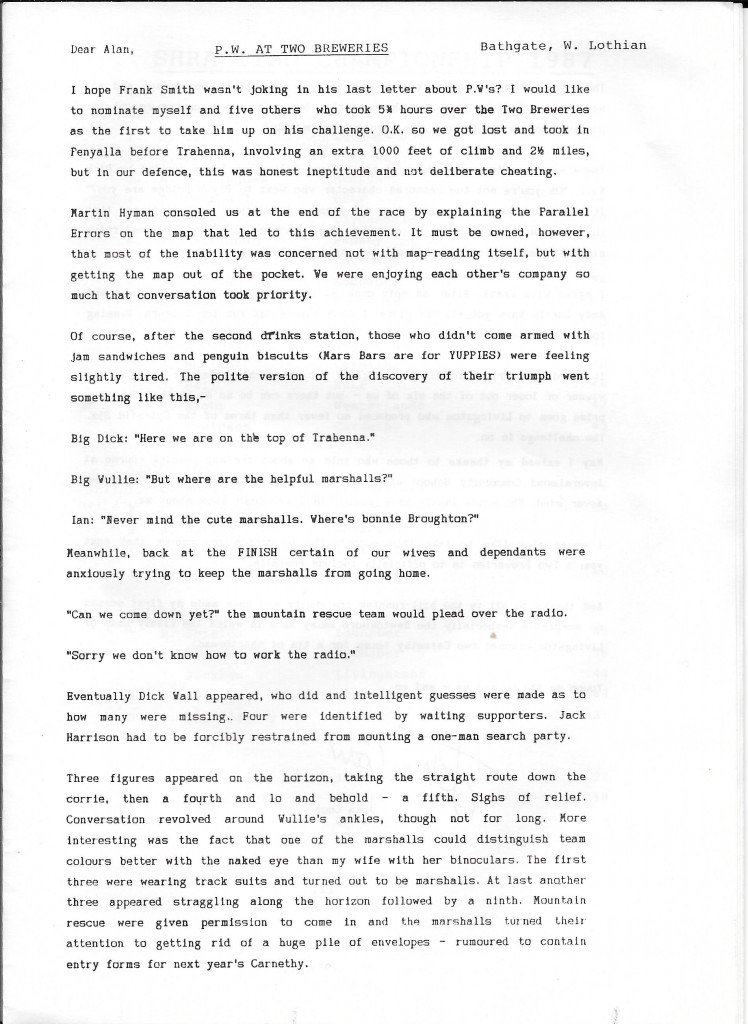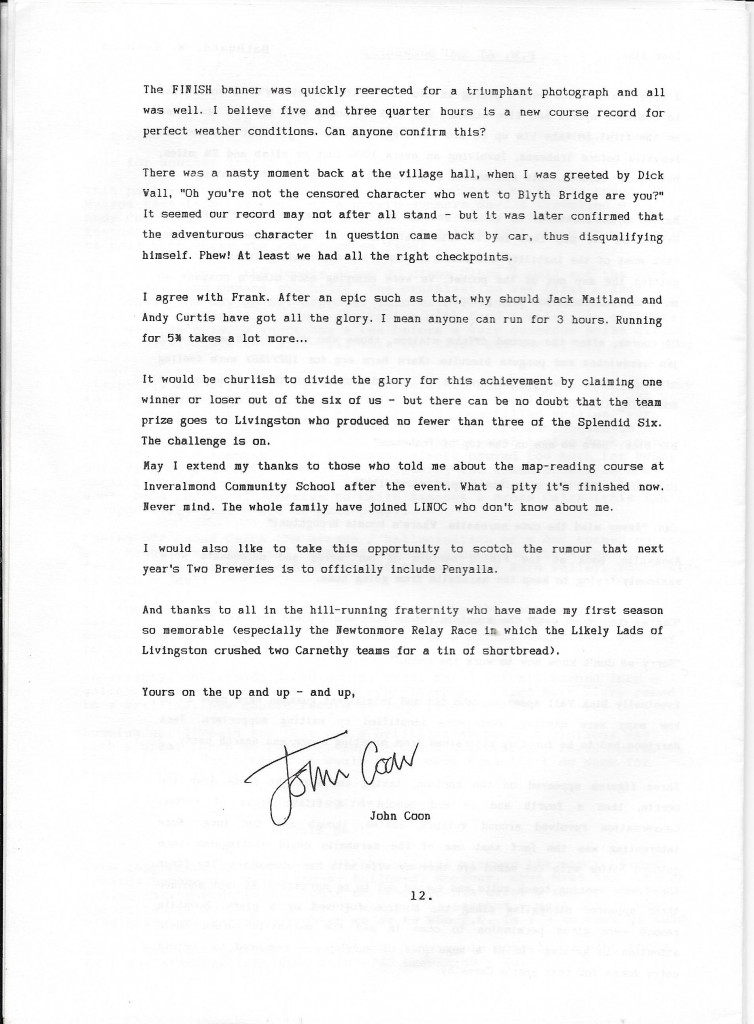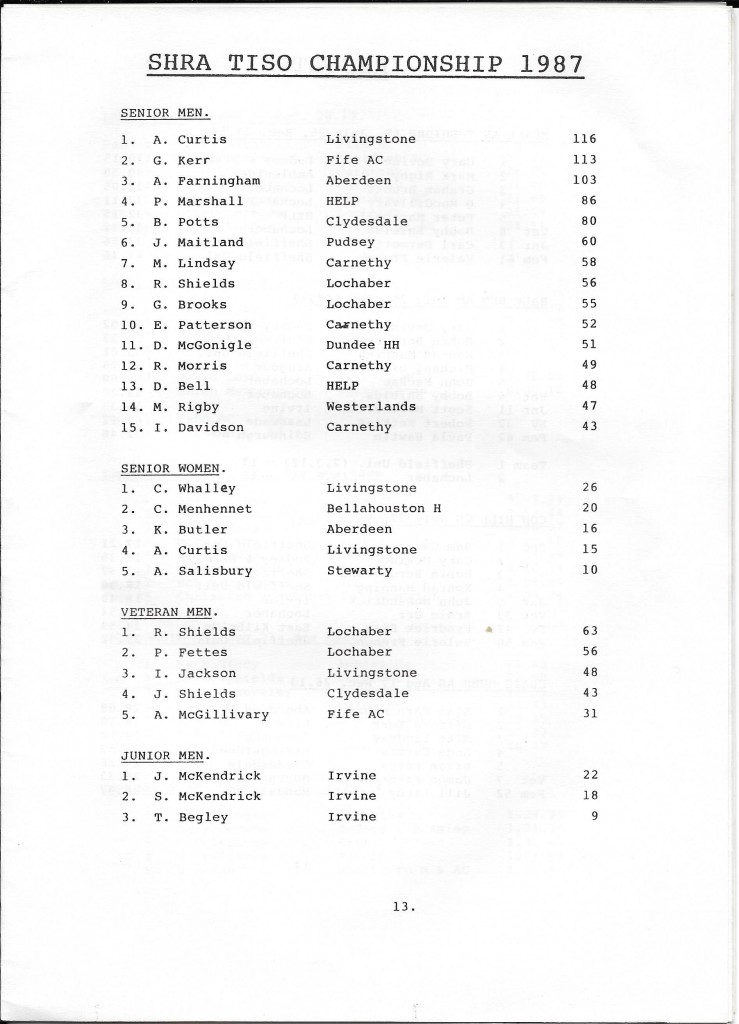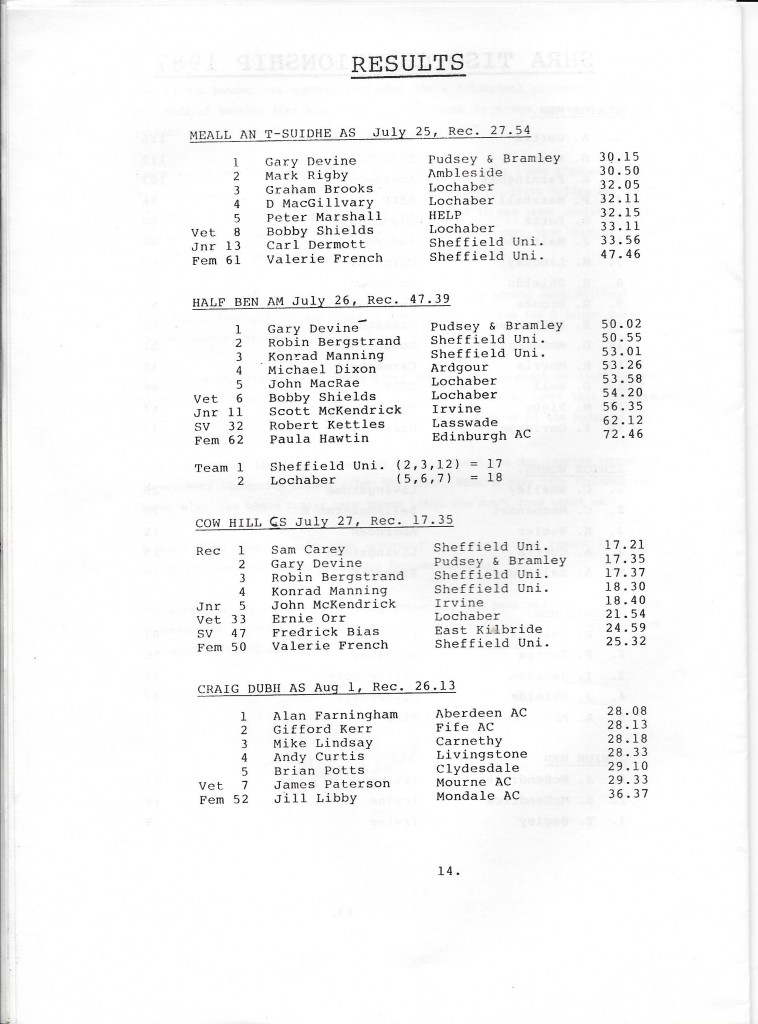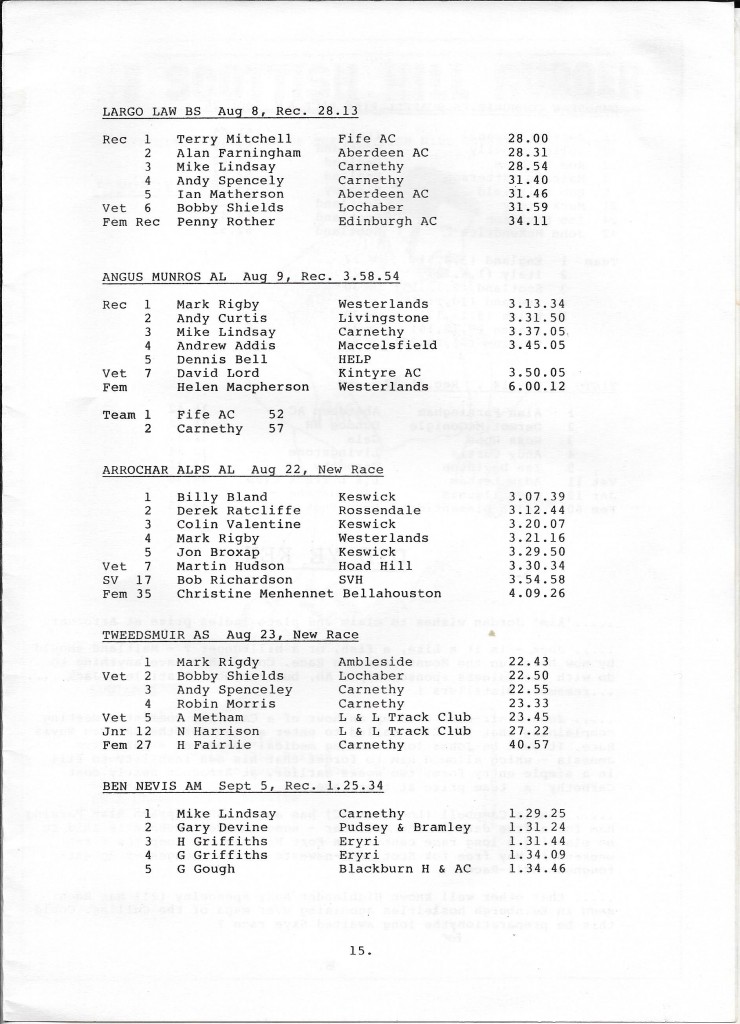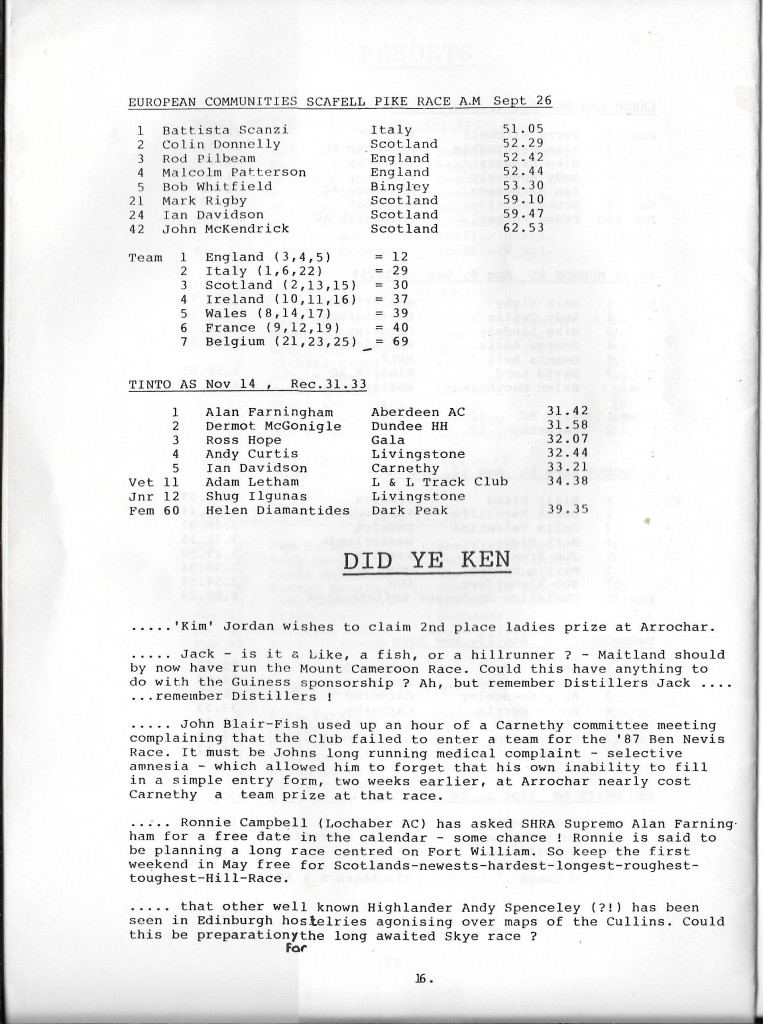Allan Glen’s Sports will be held at Hampden Park on June 22nd, the date on which Queen’s Park at one time contemplated holding an athletic function. The date is later than usual but it synchronises with the closing of the season, and the sports therefore will make a joyous termination to what has been a strenuous educational season.
It is announced that Denis Horgan will take part in the Irish Amateur Championships at Ball’s Bridge, Dublin on Whit Monday, and his re-appearance may be taken as a desire on his part to to represent Britain in the Olympic field events in Stockholm. With D Horgan for the weights, and JJ Flanagan or TR Nicolson for the hammer Britain should feel pretty confident of gaining some points.
–
There is to be conference of the English, Irish and Scottish Amateur Athletic Associations in Manchester this week to review the arrangements on connection with the Olympic Games. Messrs T Jack (president), Walter Crichton (vice-president) and DS Duncan (secretary) will be the Scottish delegates and these gentlemen will not be slow in advancing the claims of certain Scottish athletes for representation. No definite choice, however, will be made until after the English championships on June 22, by which date all the leading British athletes will be at their best and the choice in consequence will be all the more easily made.
–
Clydesdale Harriers – the oldest club of the kind in this district – make their annual appeal for support at Ibrox Park on Saturday, and it is to be hoped they will not appeal in vain. The programme is chiefly made up of flat handicaps the feature of which is, perhaps, a three miles handicap. Clydesdale have always given prominence to distance running, and it is only right that they should, for they are first and foremost a cross-country club. There will be a boxing exhibition of the lighter order, and it is just possible that Ralph Erskine will lend his assistance. No one dignifies the art more than he does and, besides, it is always an education to see him perform.
–
Cambridge University will be represented in the mile rely championships which is to be decided at the sports of the Polytechnic Harriers at Stamford Bridge on June 1. HM Macintosh, the old Glenalmond boy, may be one of the ‘light blues’, though up to the present he has not been known to run the furlong distance. Mention of Macintosh reminds us that in a trial at Fenners the other day he was credited with ‘evens’ for the 100 yards. At the inter-varsity sports in March, he ran second to Macmillan, his time being 10 1-5th seconds, so in the interval he has found a couple of yards. At this rate the old Glenalmond boy must be bracketed with AR Downer as a short distance runner.
–
Just as many in the athletic world were beginning to see visions of success in the Olympic hurdle race, word comes to hand that GRL Anderson whose brilliant performance over the flights at the recent London Athletic Club meeting has caused many to change their tune about Britain’s prospects at Stockholm, has had a partial breakdown; at all events the muscles of his legs have given way owing to the strain caused by hurdle racing. It seems that the rise and fall in the jumping required for the hurdlers efforts have a prejudicial effect upon certain muscles in the legs, which have already been affected, and that any recurrence of hurdle racing renews or intensifies the damage to the old injury; whilst on the contrary steady exercise on the path for flat racing, such as half a mile, tends to strengthen the muscular action.
–
An old Scottish runner in an interesting communication on American athletes to an English paper, supplies the following particulars of the running of John Paul Jones who would seem to be the ‘last word’ in distance racing:
“You have no doubt heard of John Paul Jones of Cornell. He is all he is cracked up to be and a little bit more. I have seen him run only once and that was when he beat Billy Paul a grand little runner who did 4:1 4-5th making all the running himself and who should have gone faster the next year if everything had broken right for him. In the last mile of the four mile relay in Philadelphia last April, Jones was clocked in 4:22 and had a lot in hand. He ran in the mile two weeks later in 4:12 4-5th beating Paul out on the home stretch by five yards on the same track. Then he finished up by winning the Inter-Collegiate mile in 4:15 2-5th. College runners say he could have run 4:12 if pushed. I should like to have seen Tincler at his best against him. I do not say he would have beaten George but he certainly would have given him a great race. I hope he visits England after the Olympiad, then Englishmen will see some of the best distance running they have ever seen – if the climate agrees with him. There are several more who can get inside 4:20; I should say about four or five.”
–
